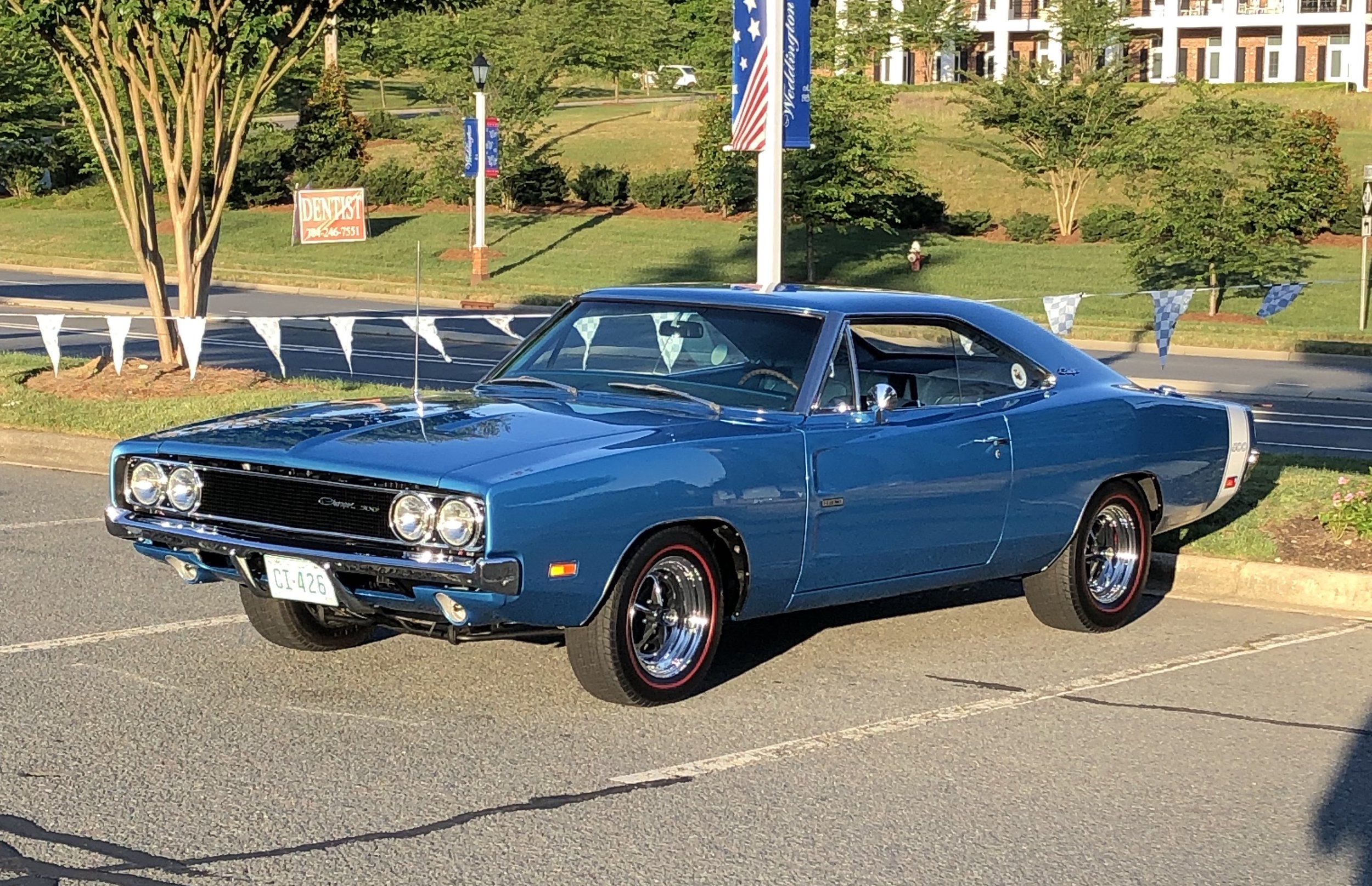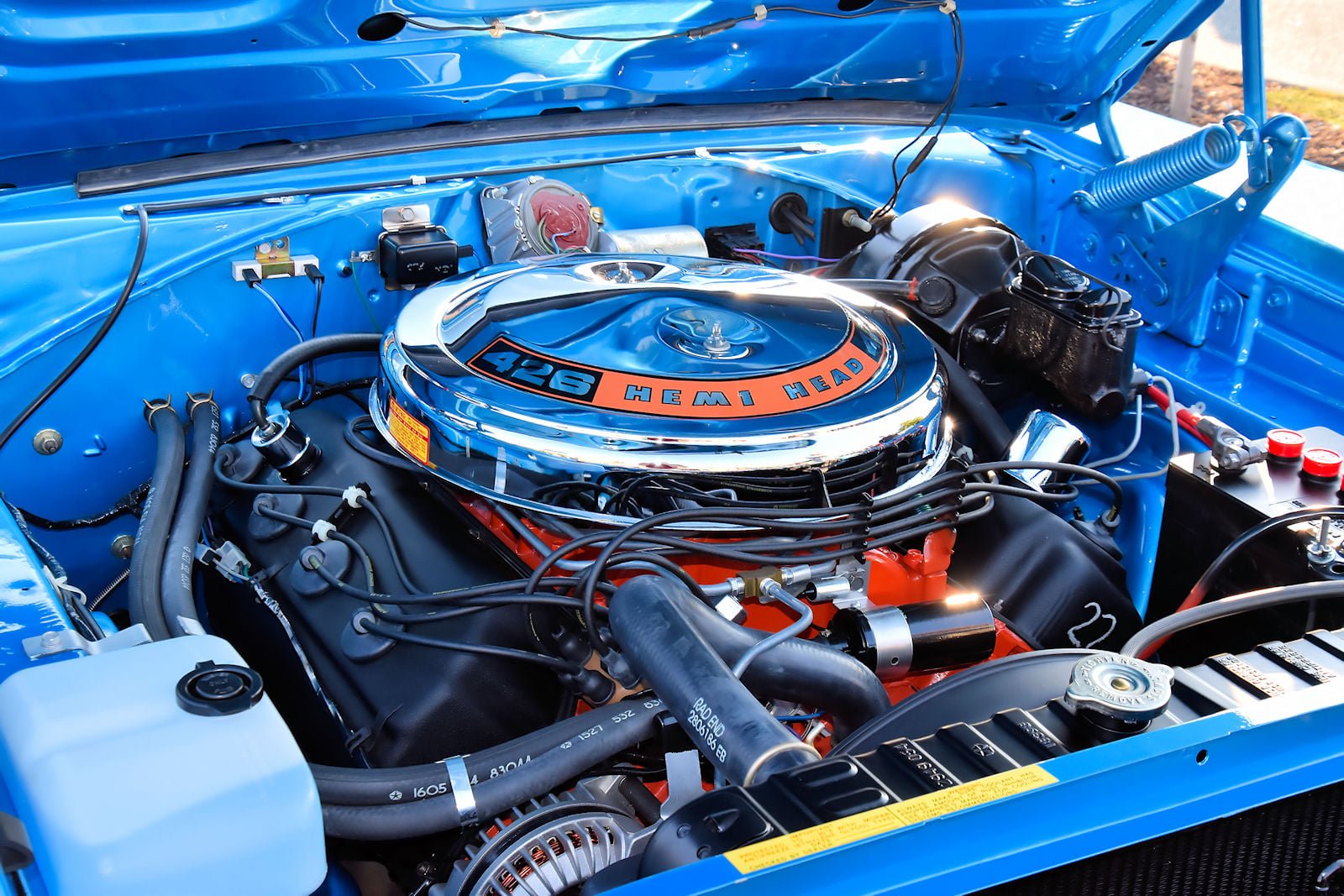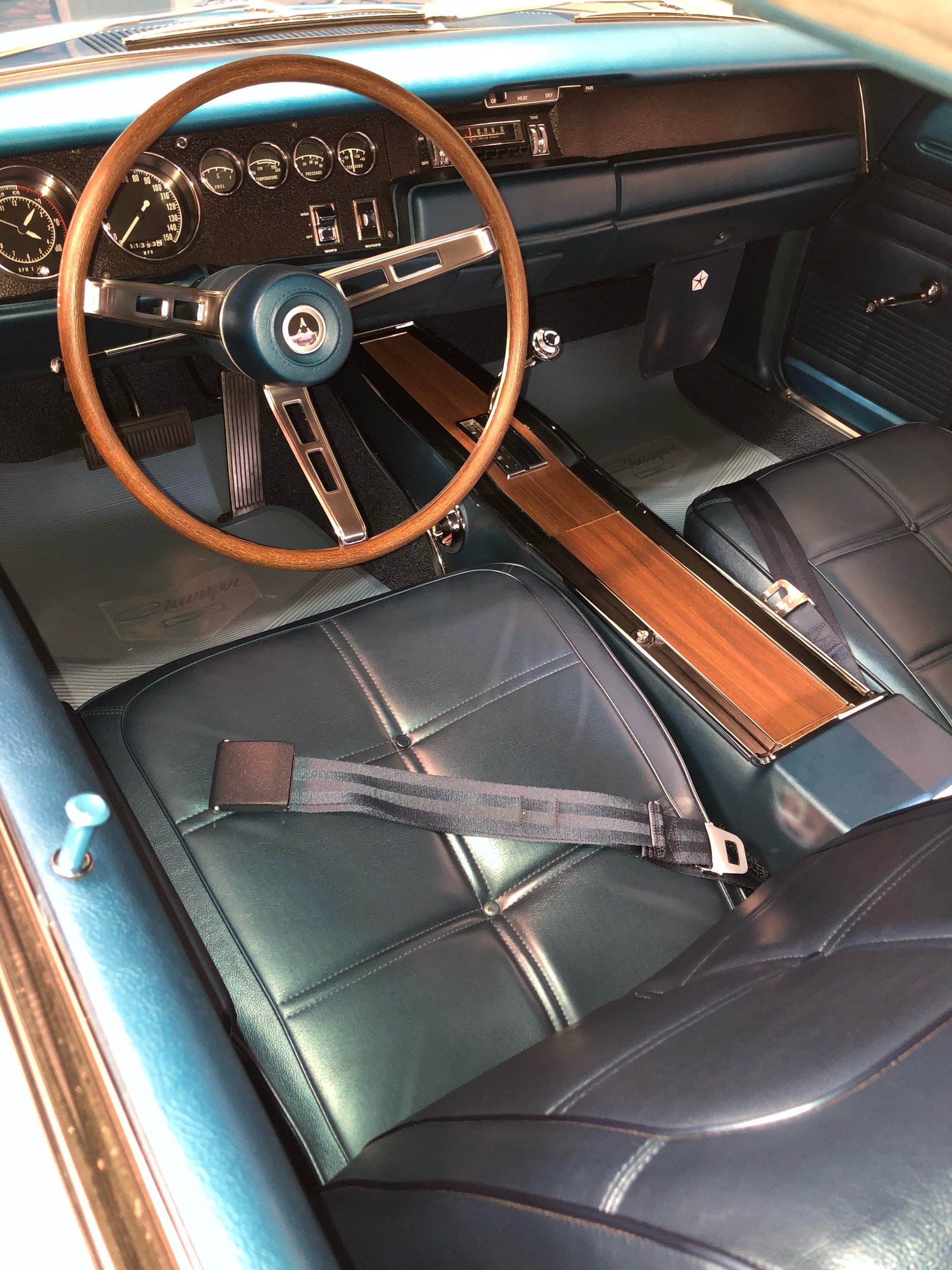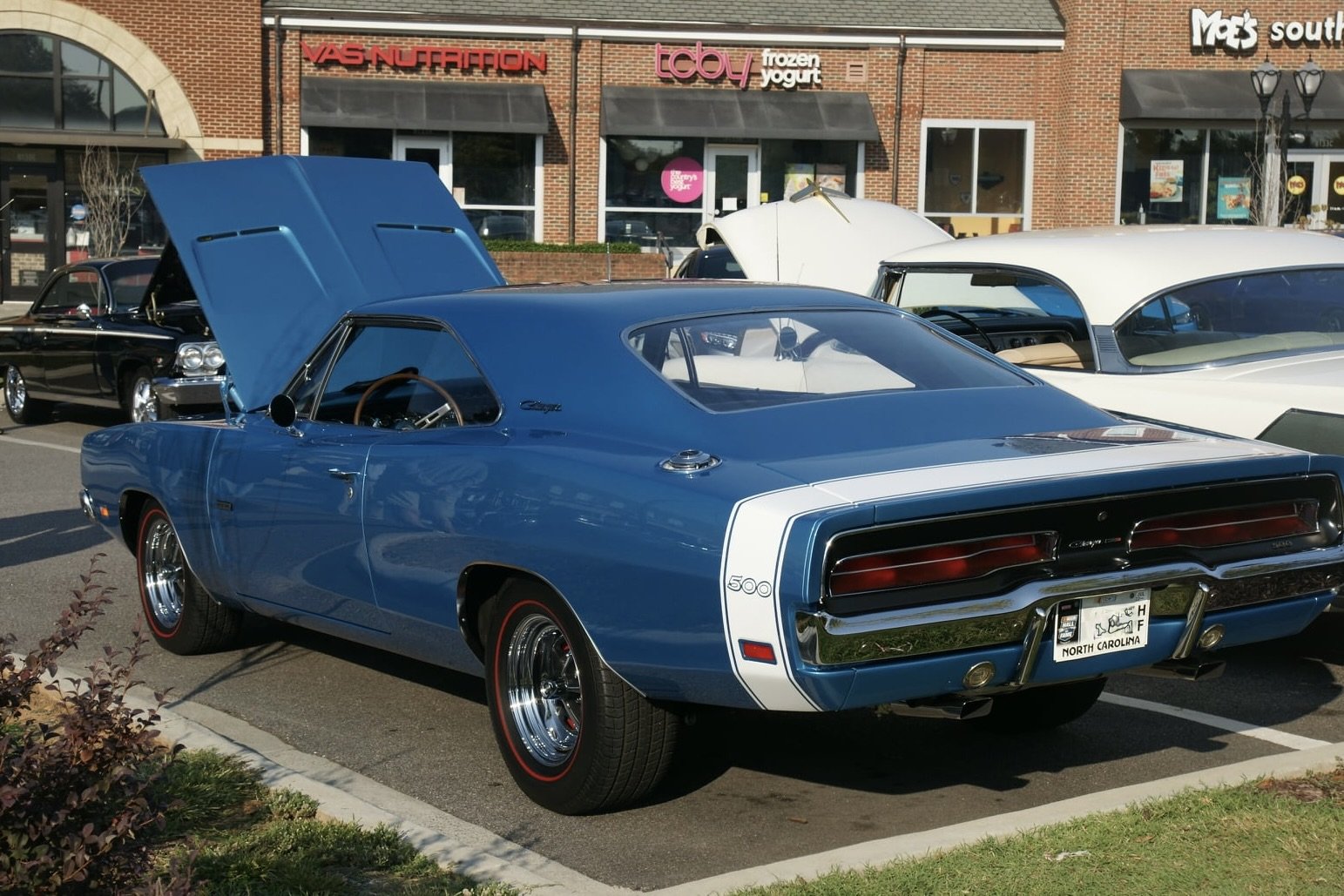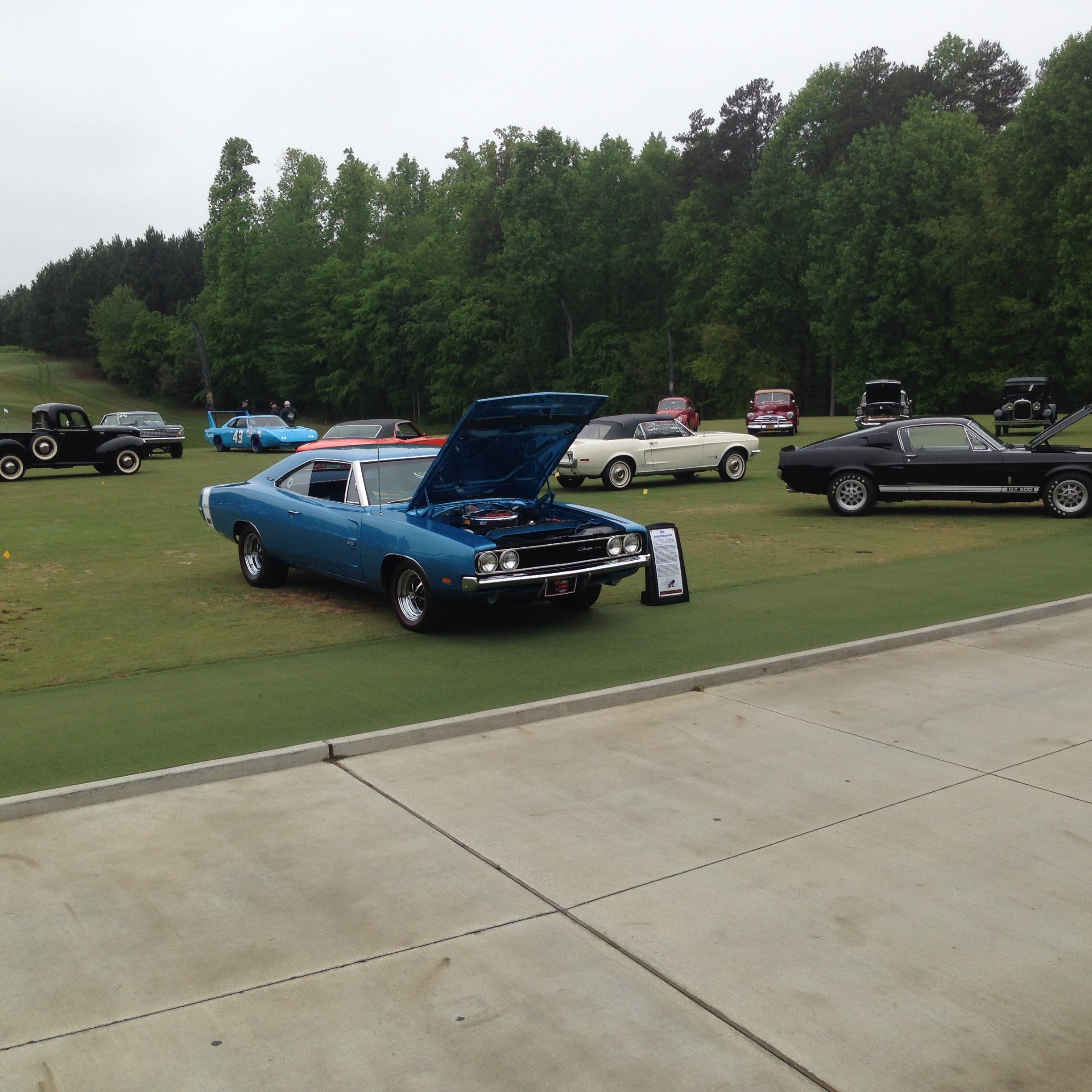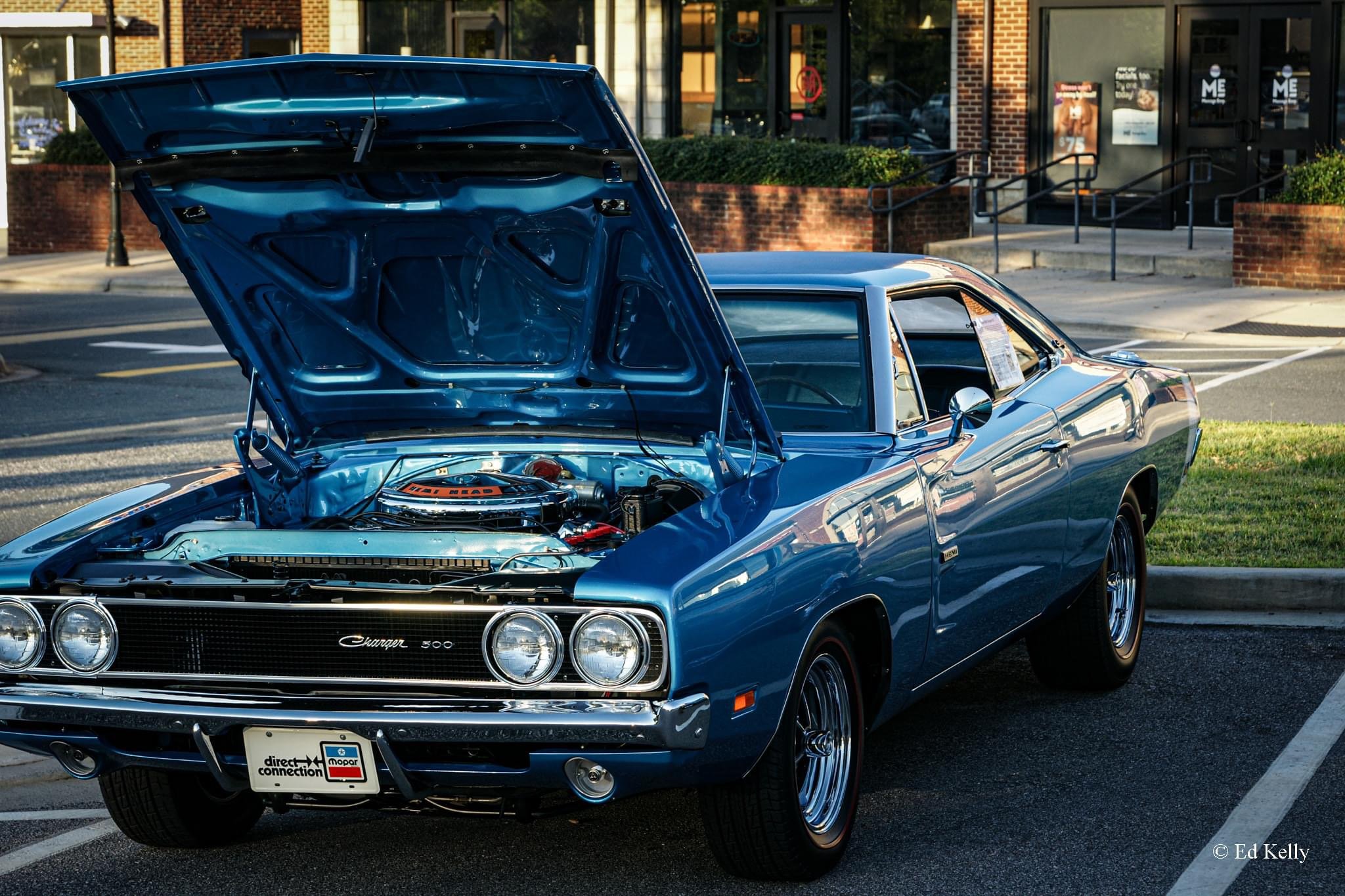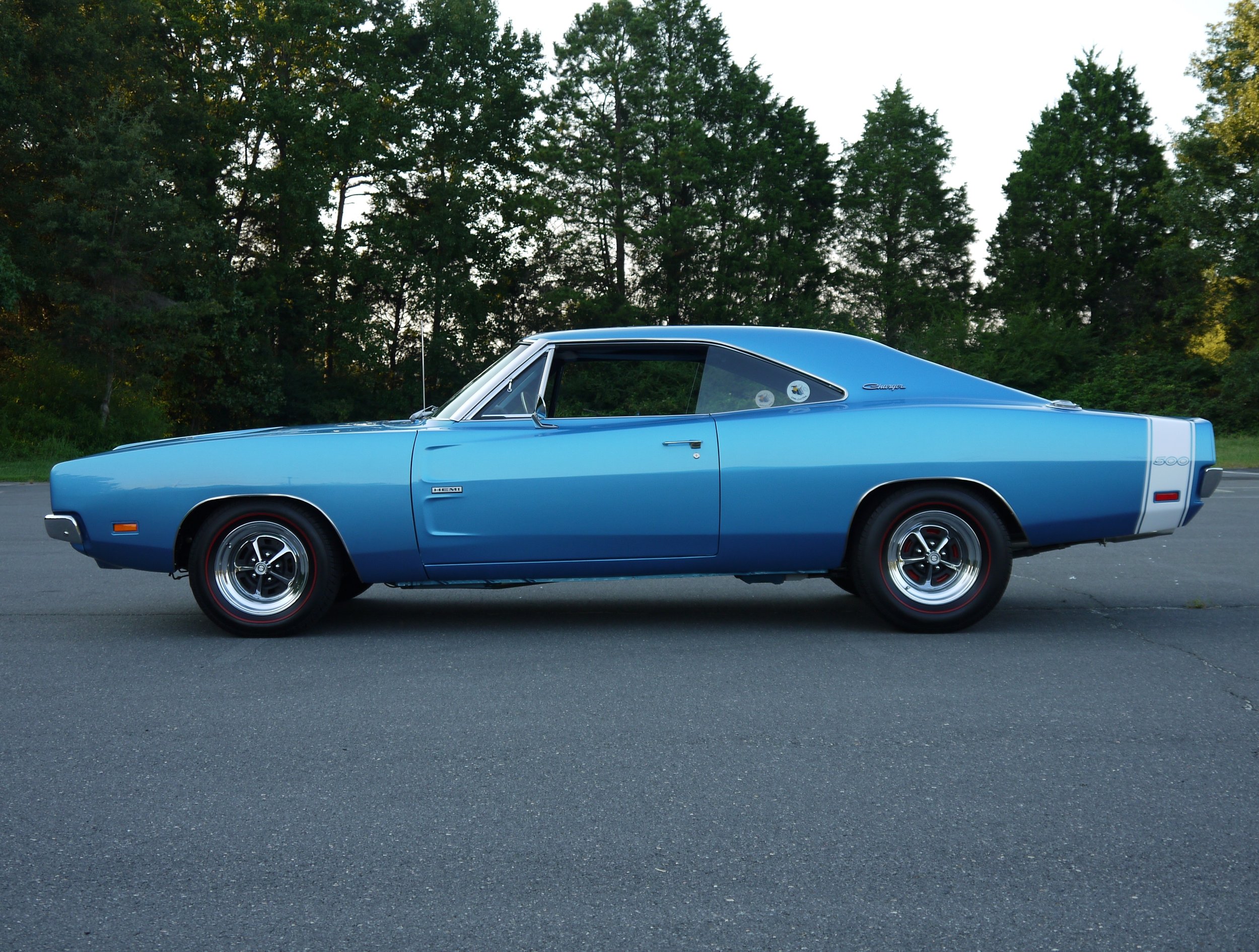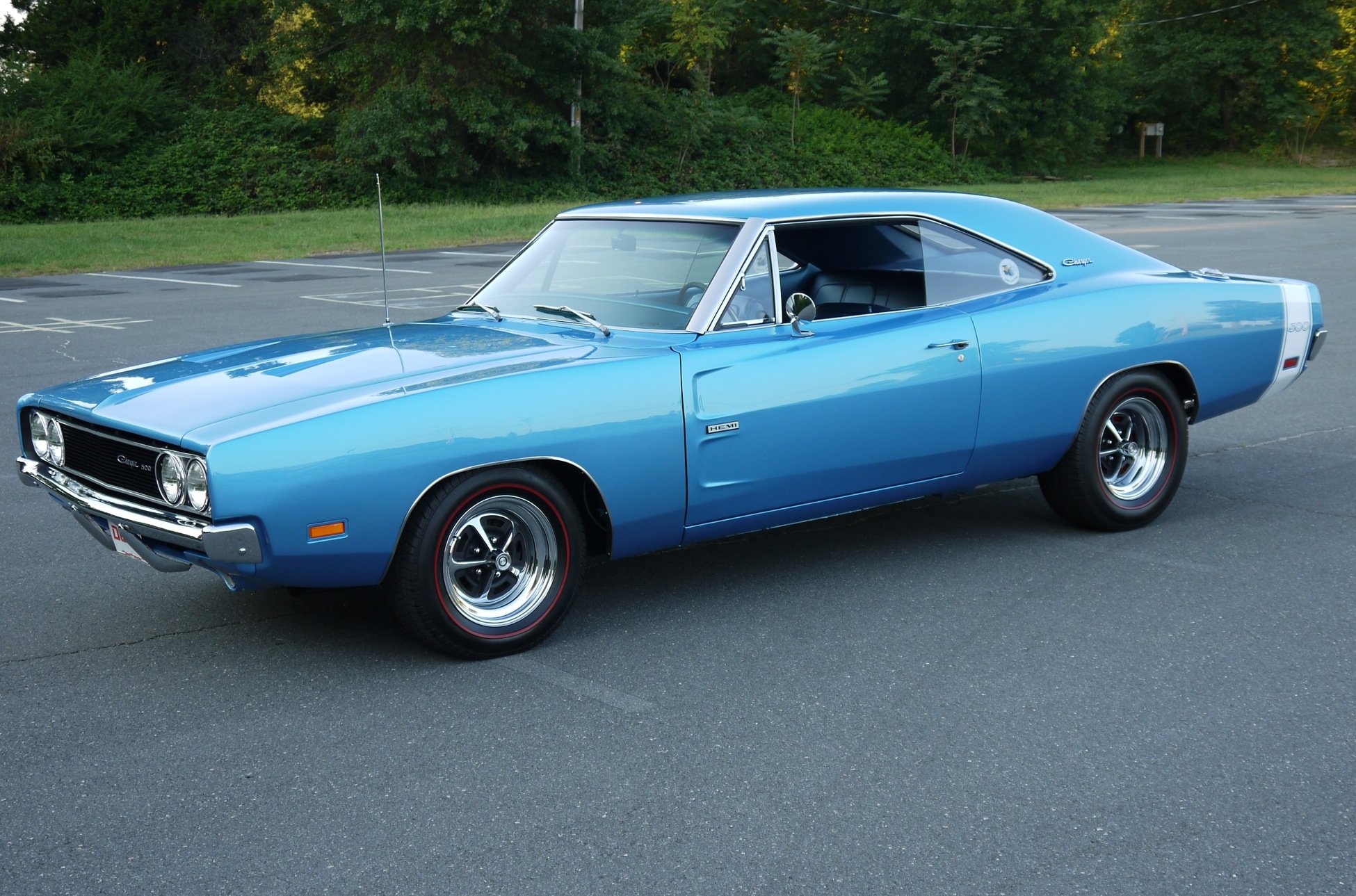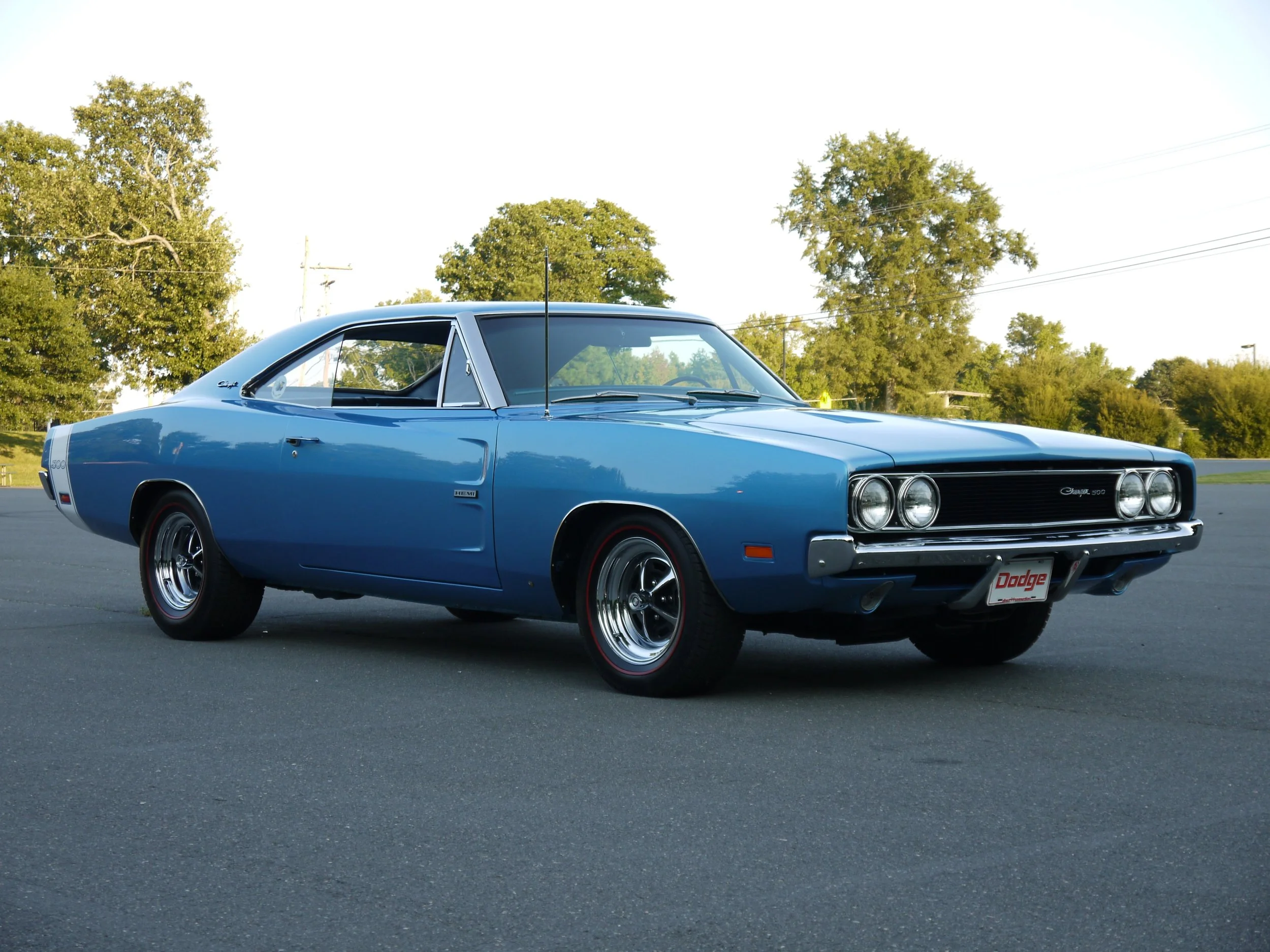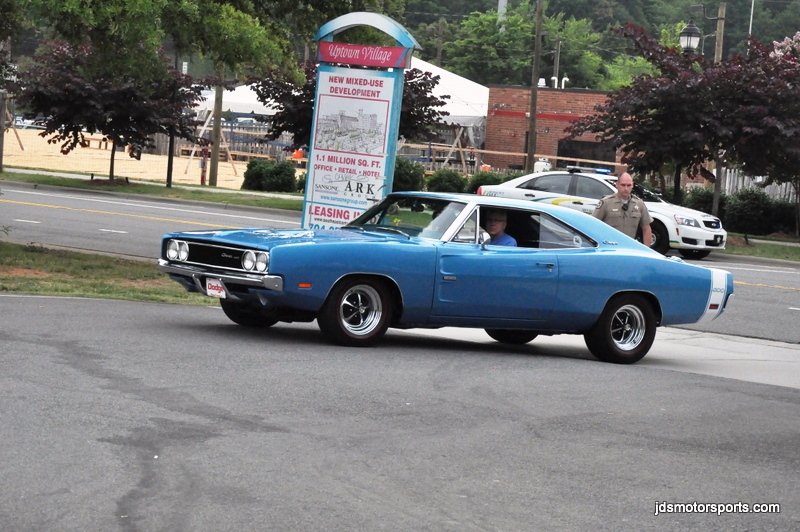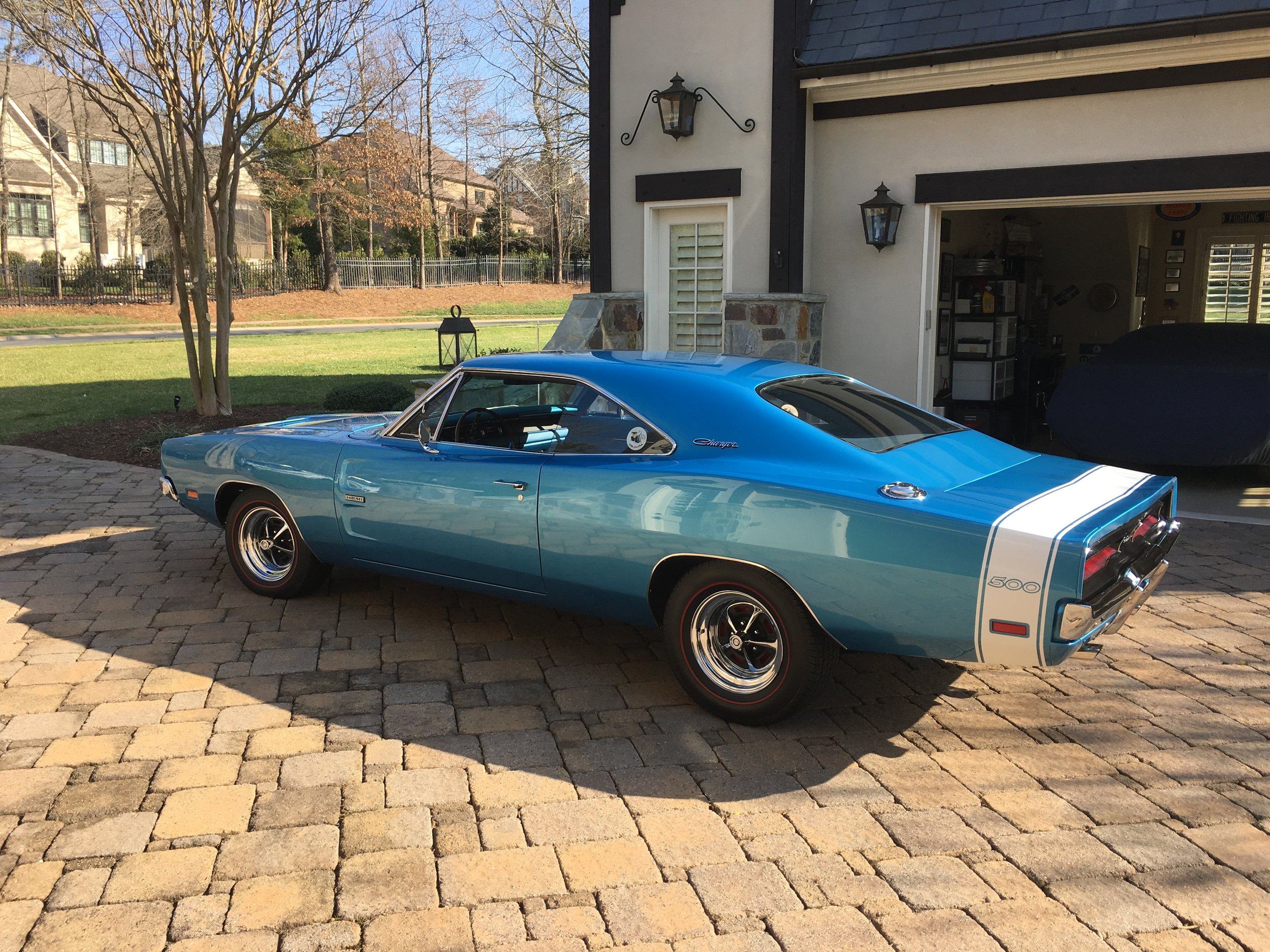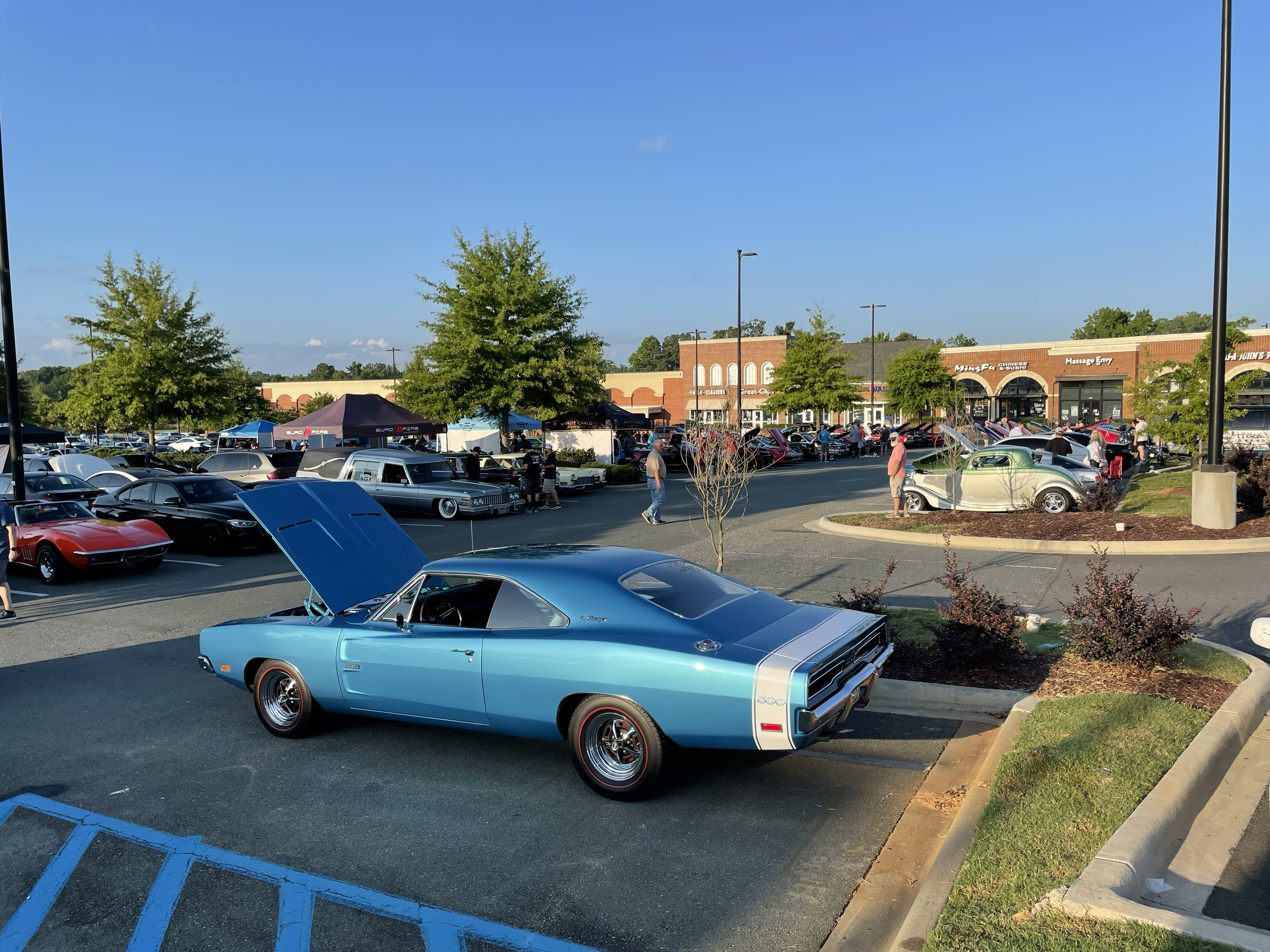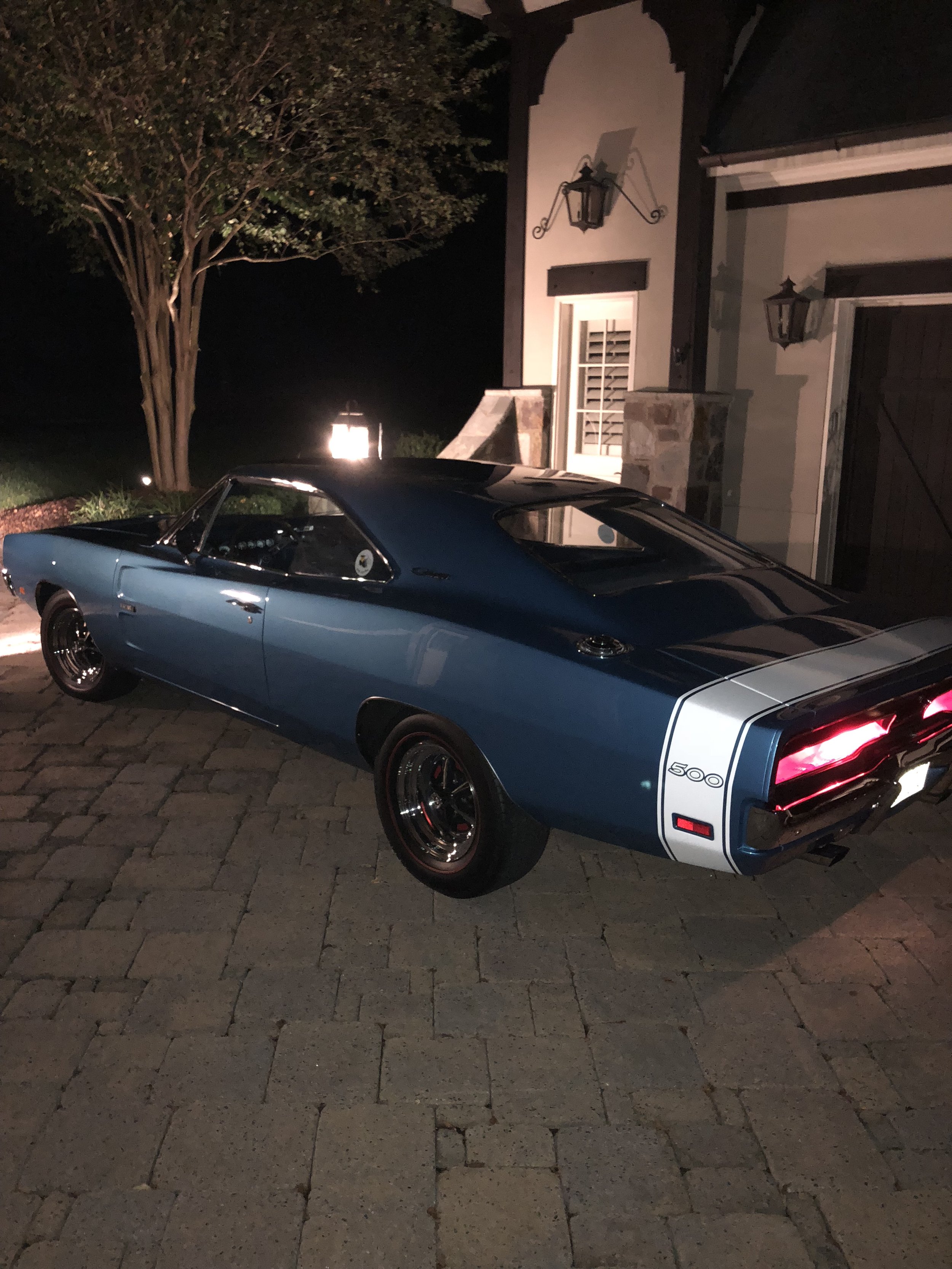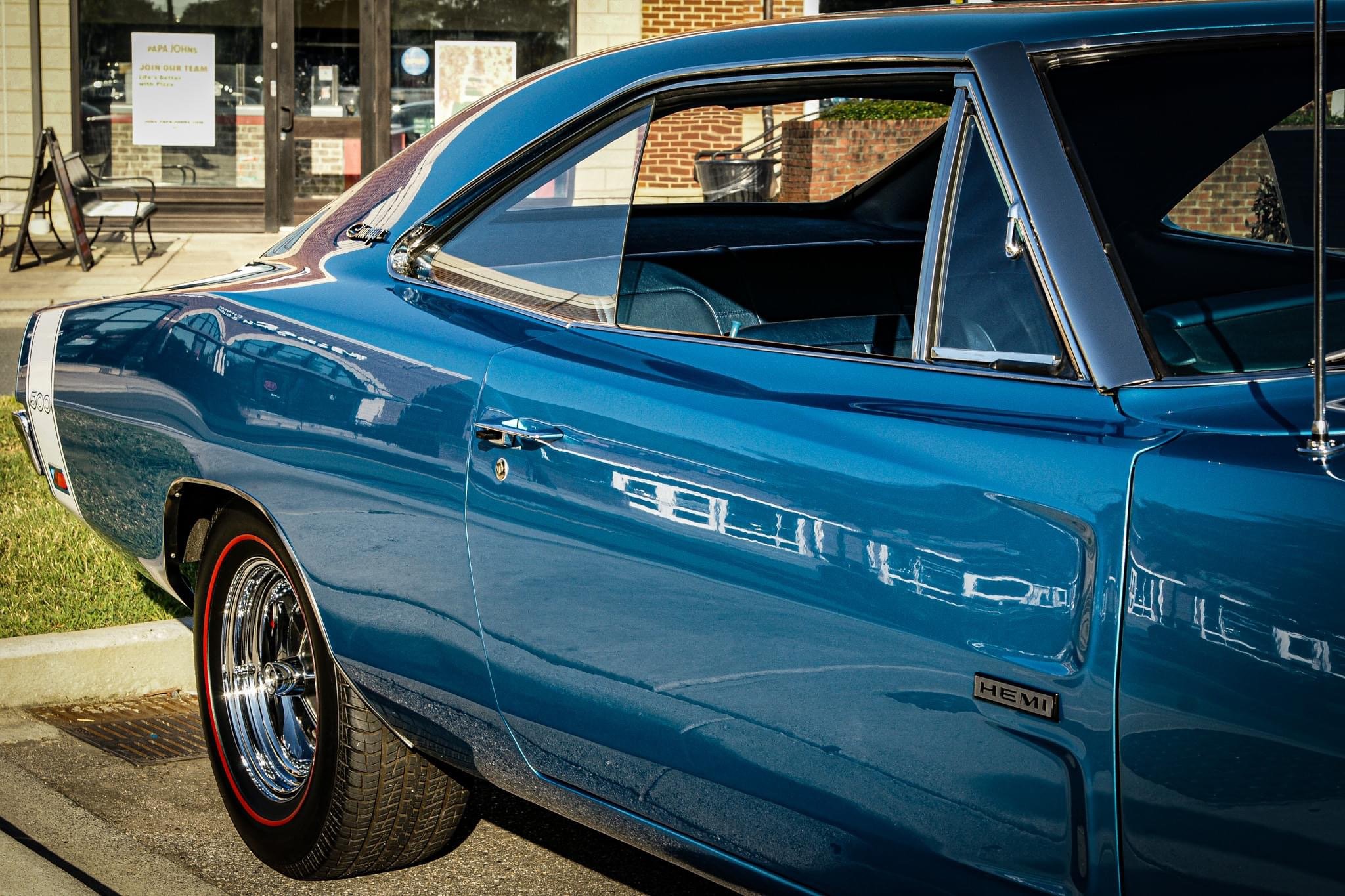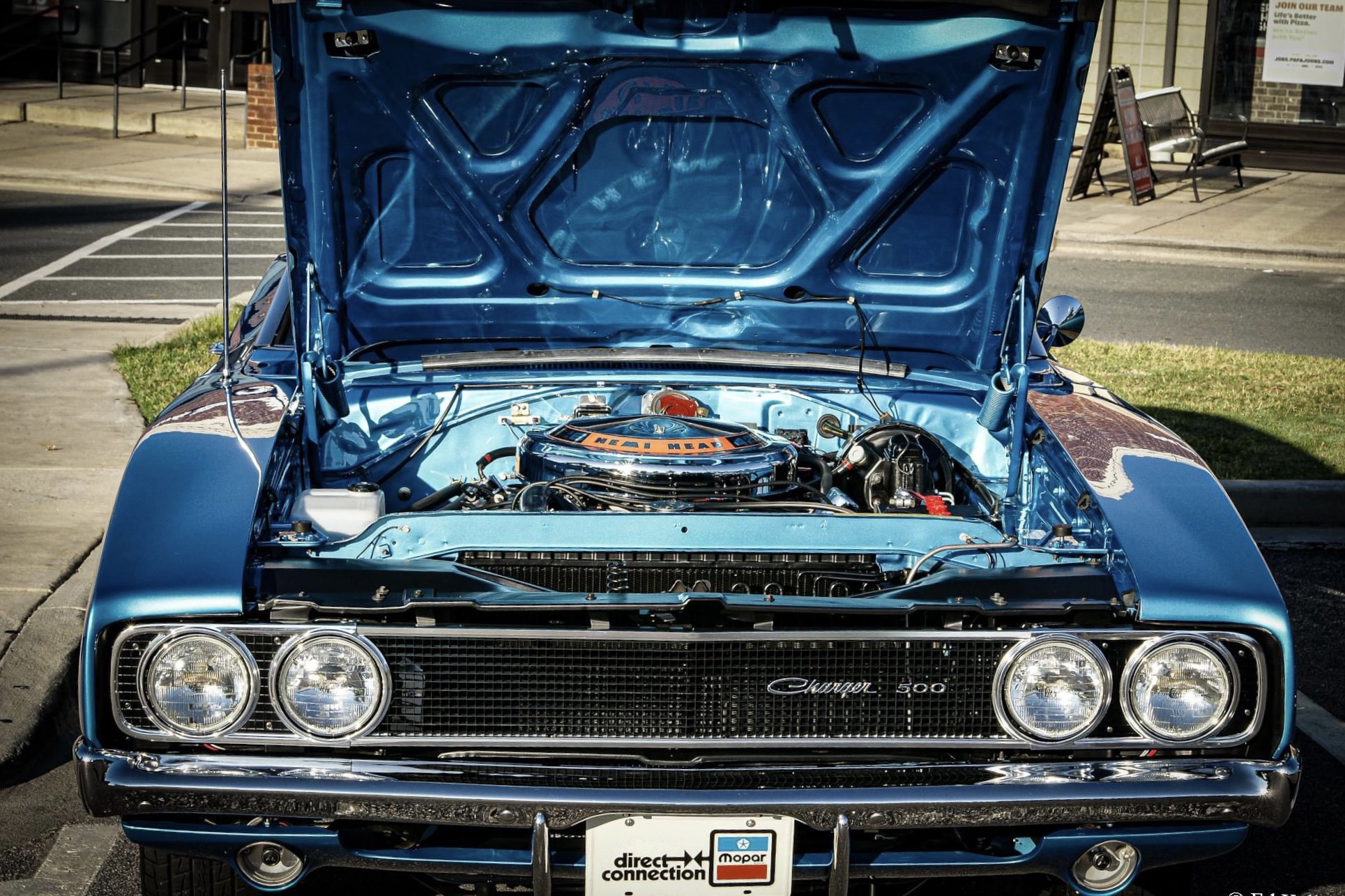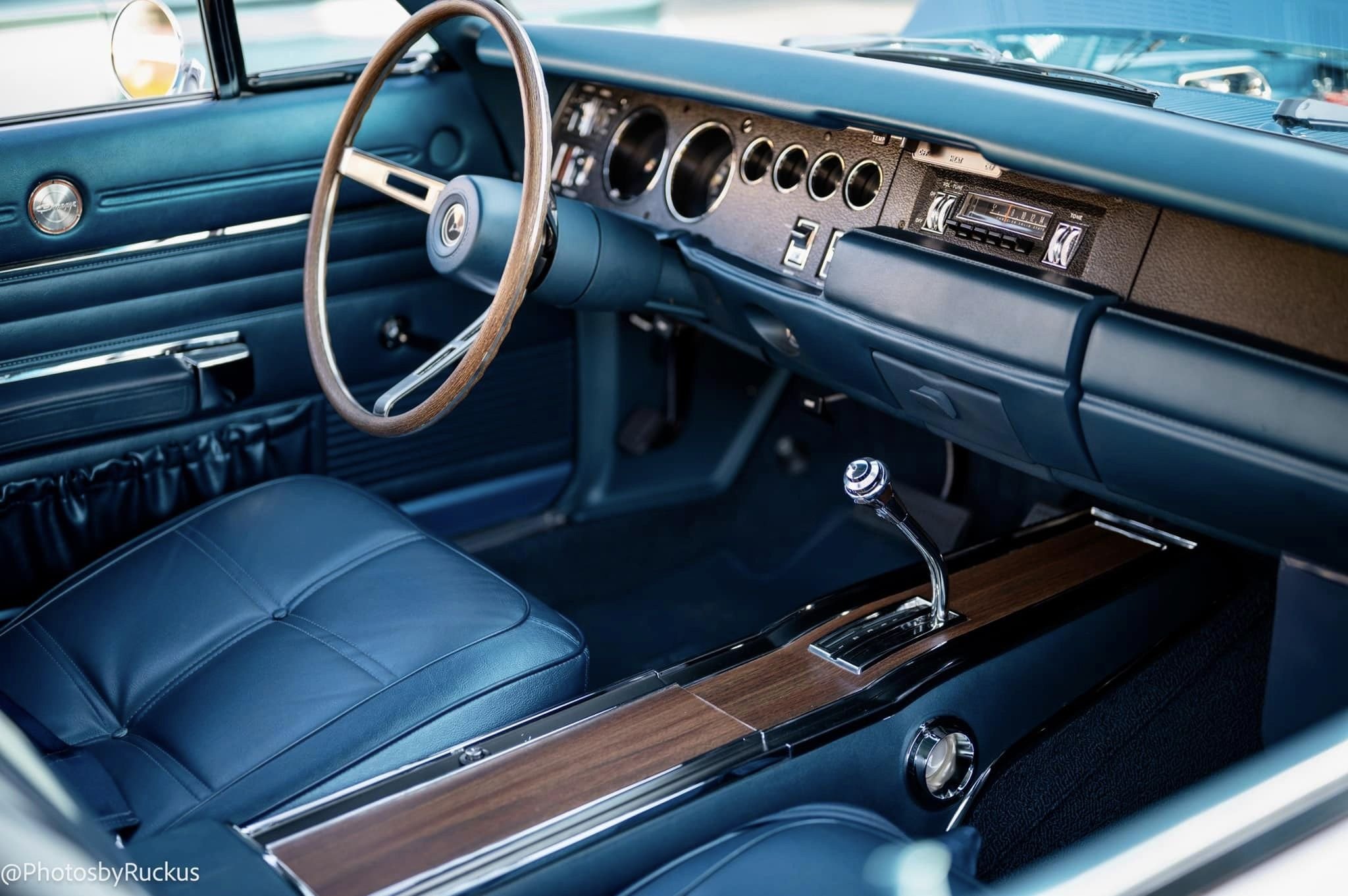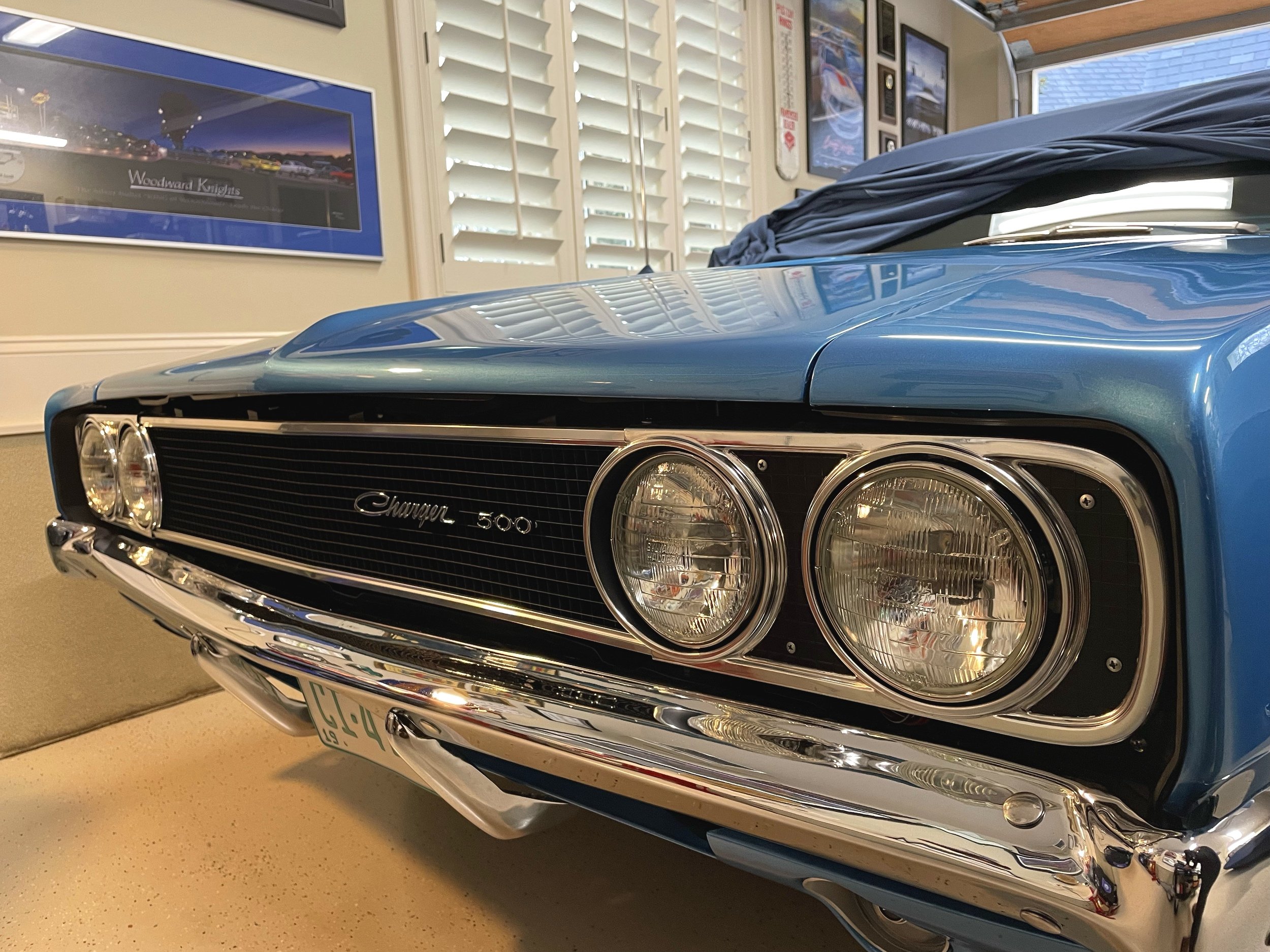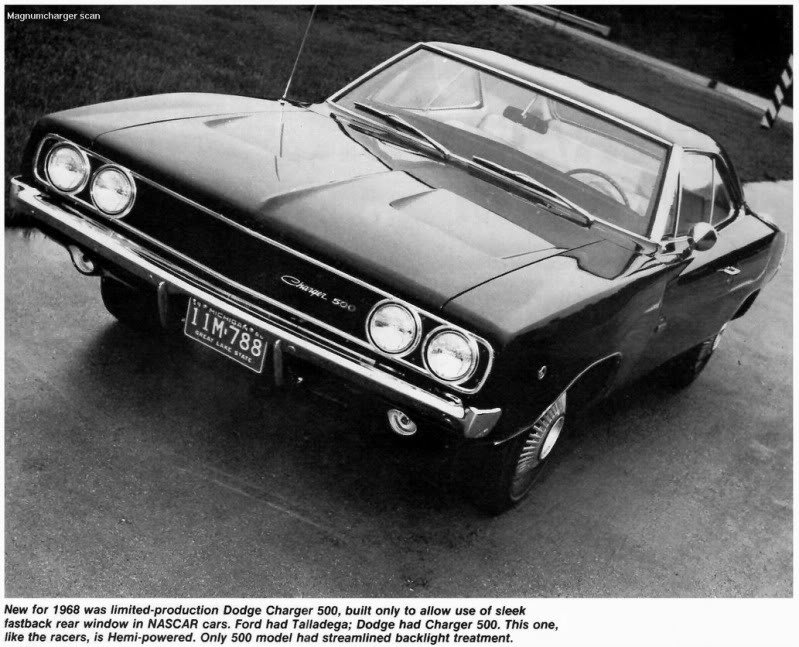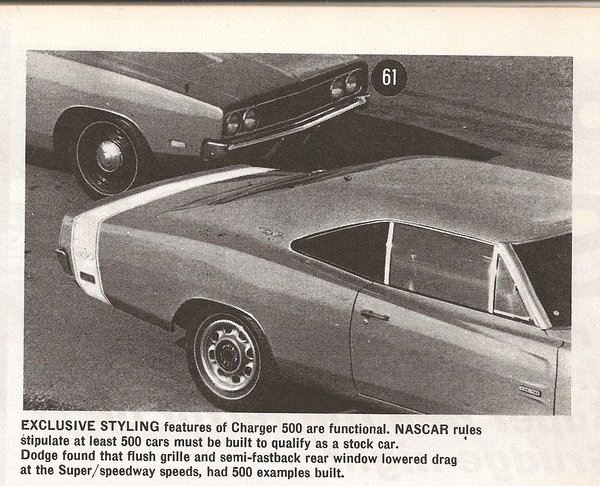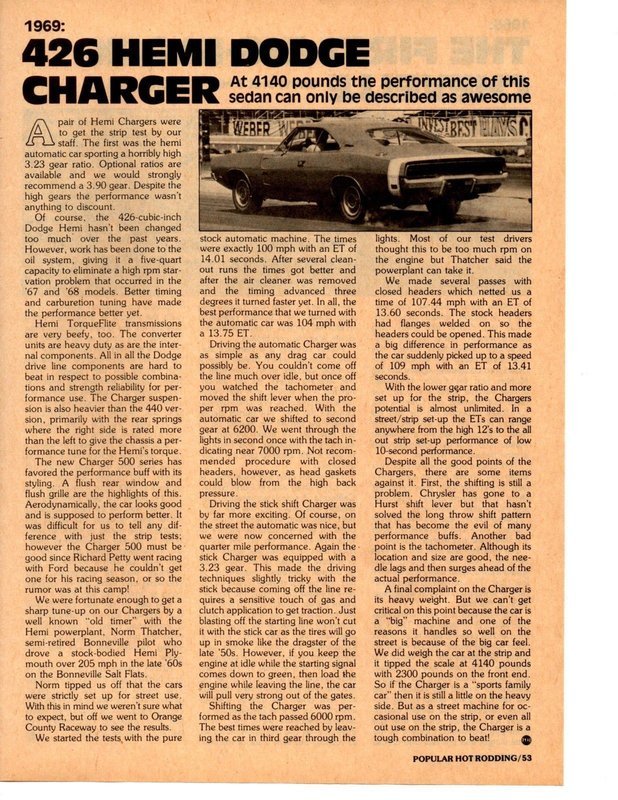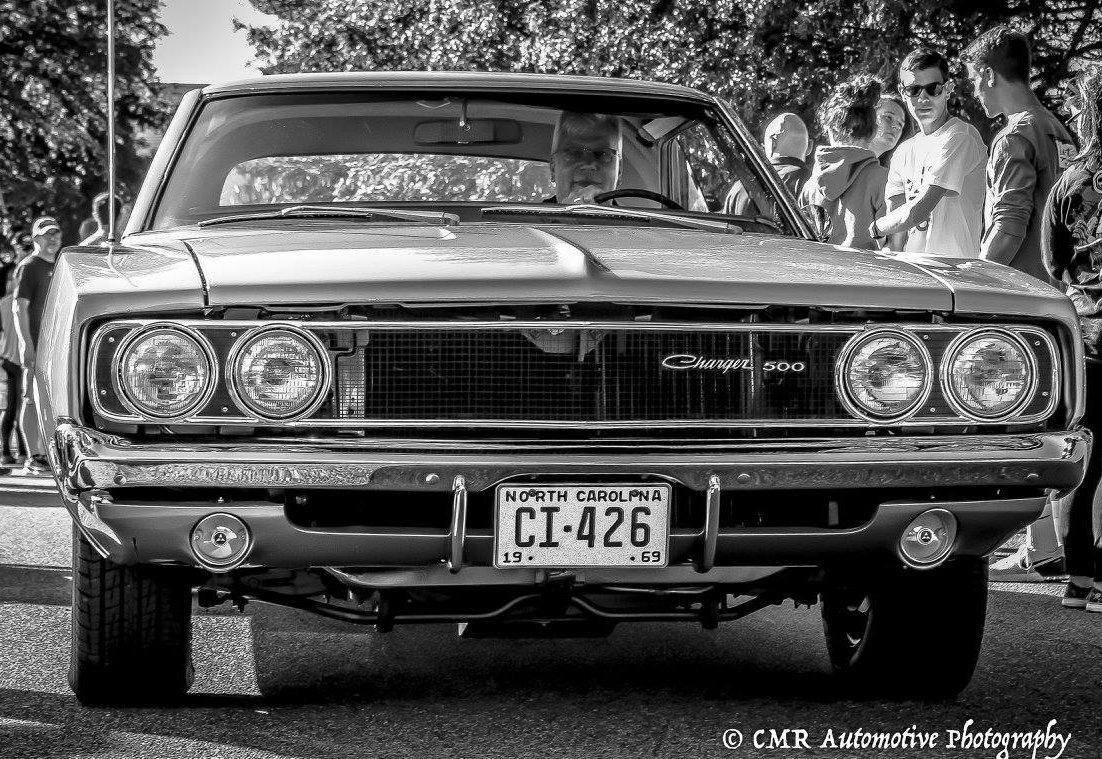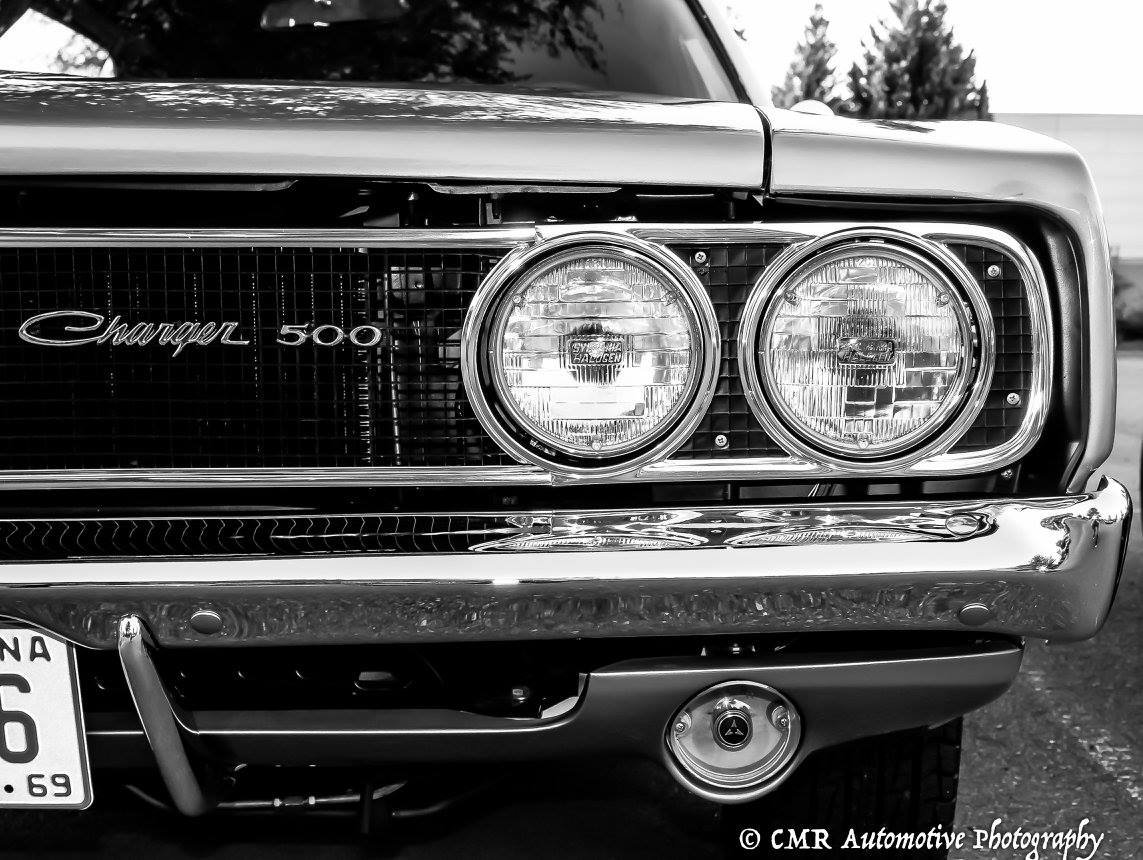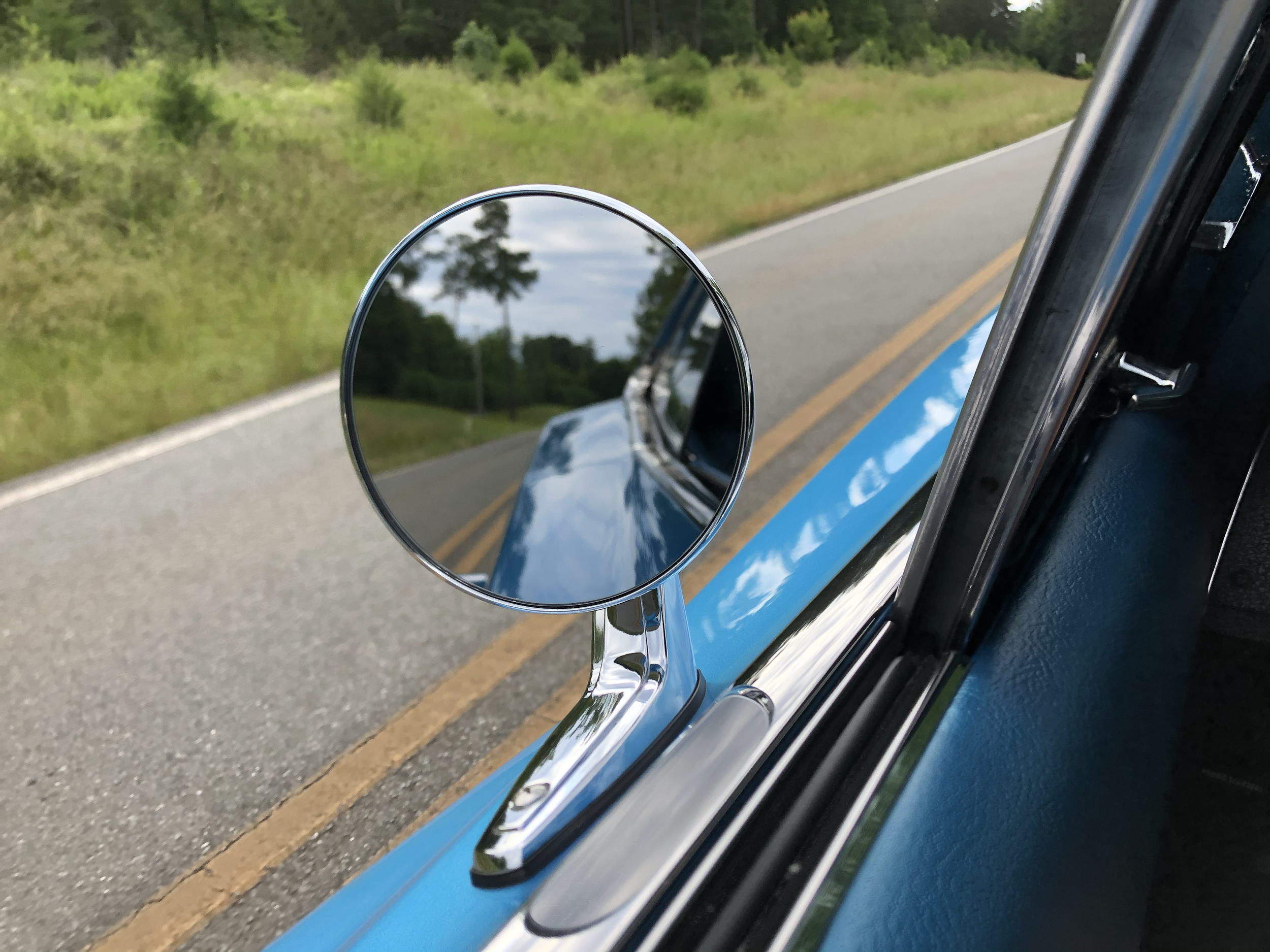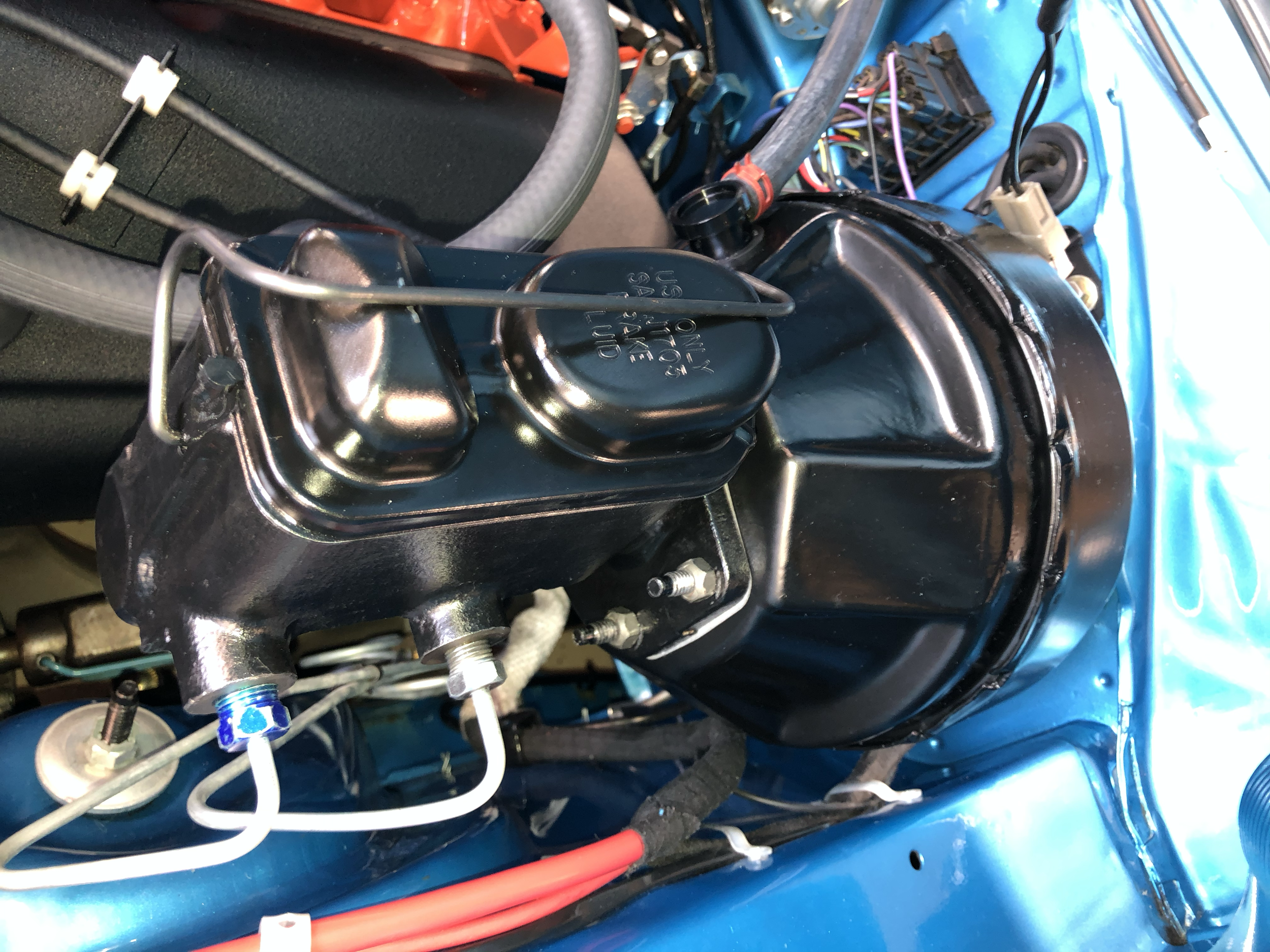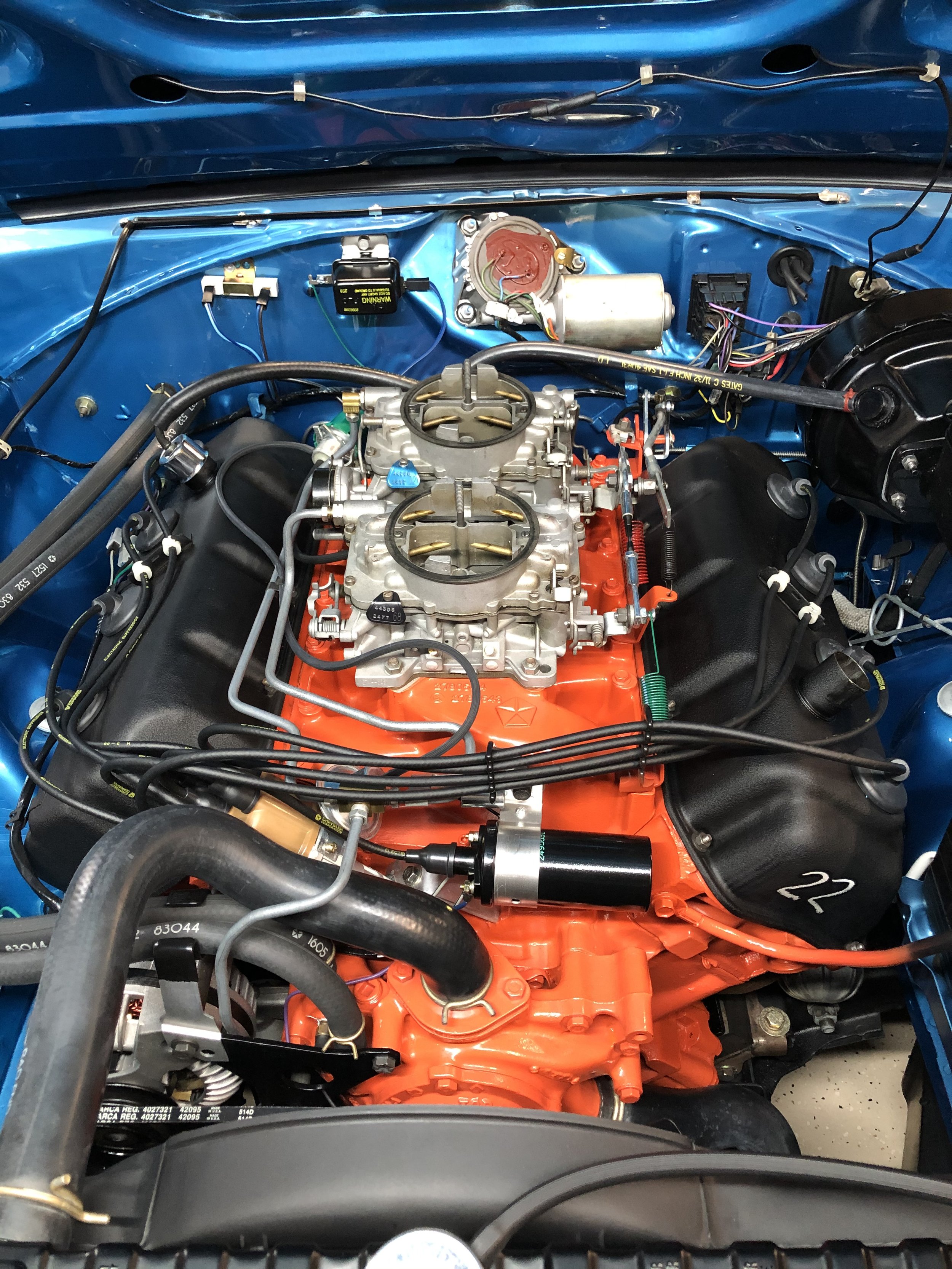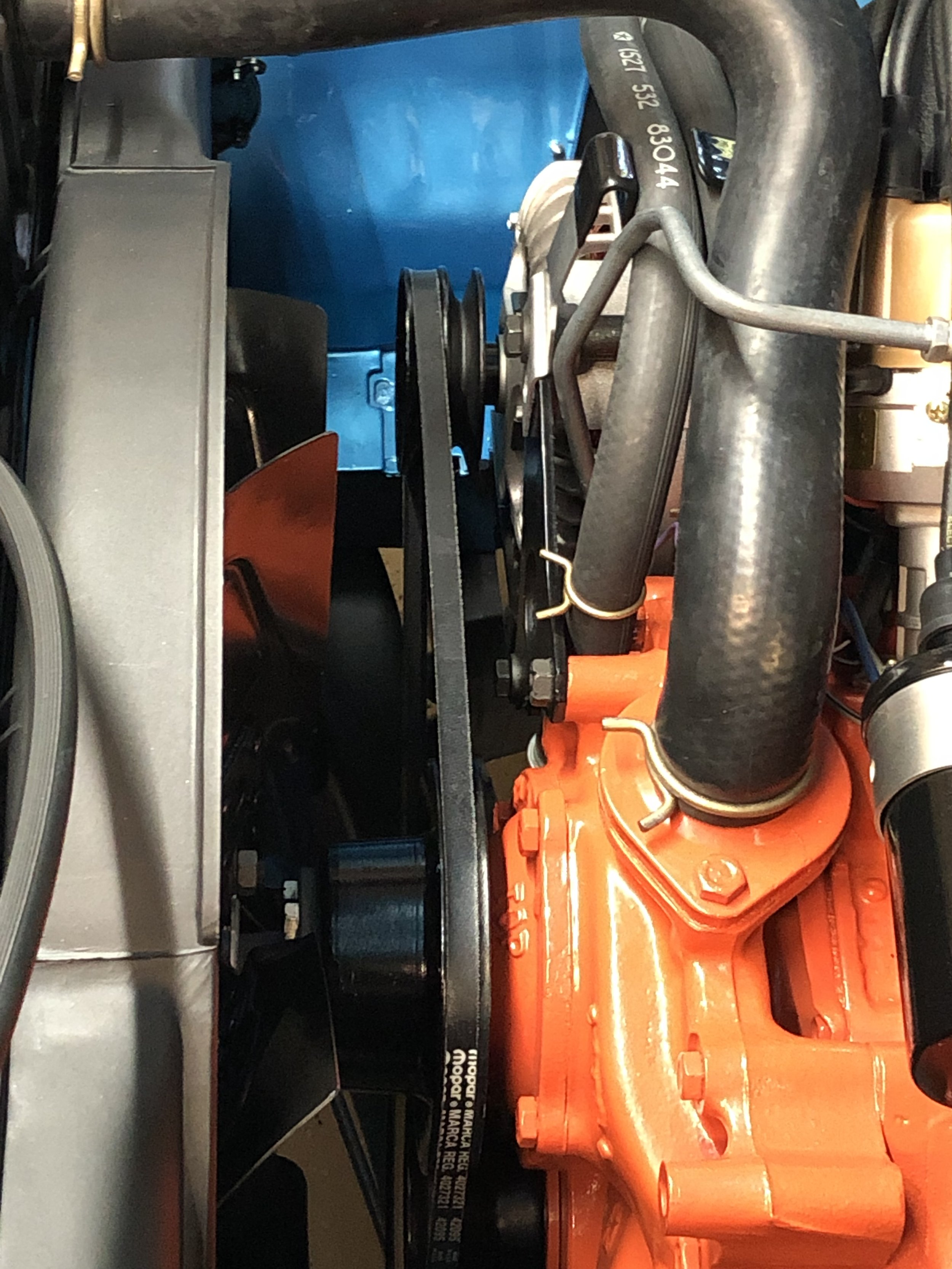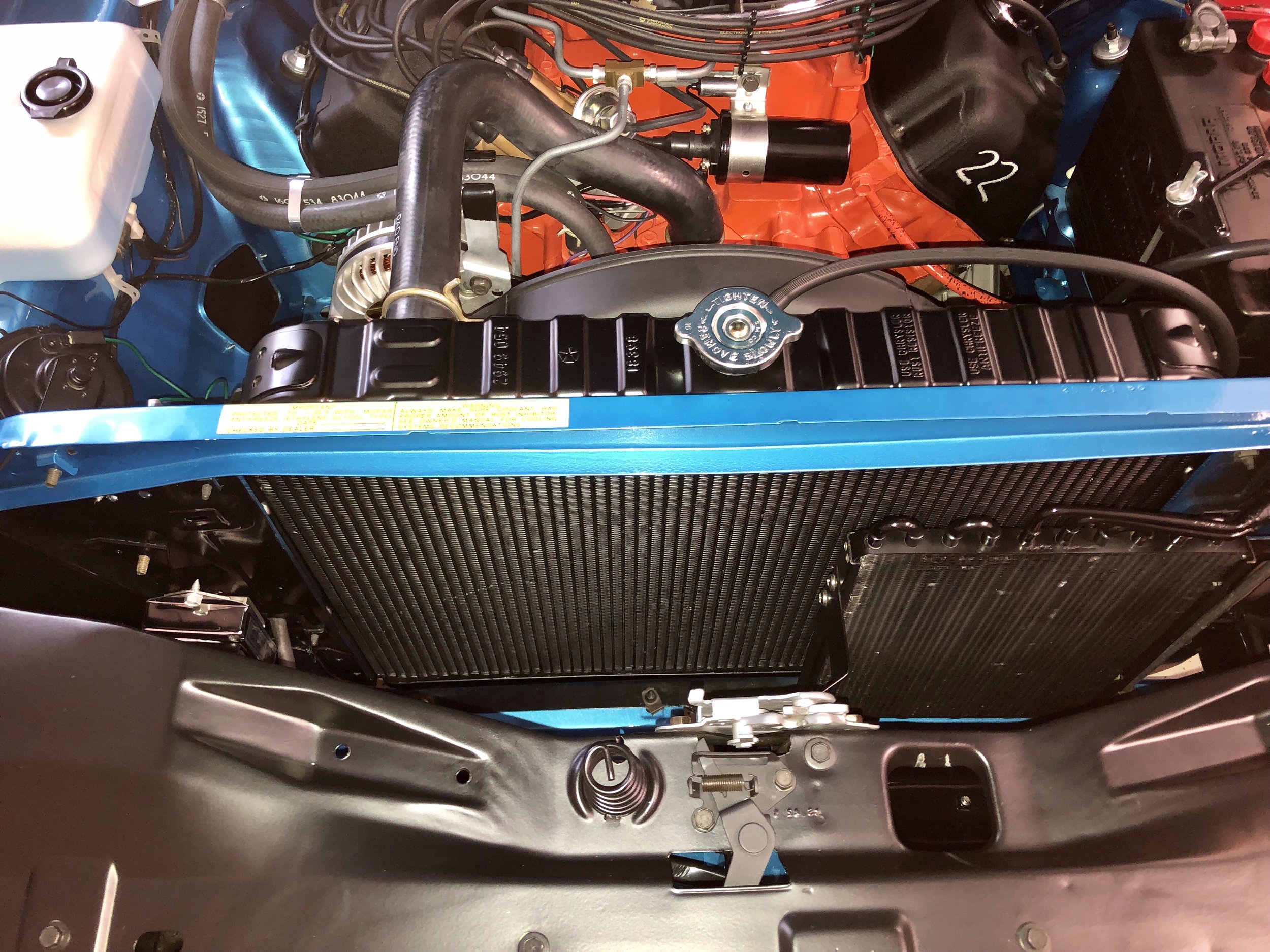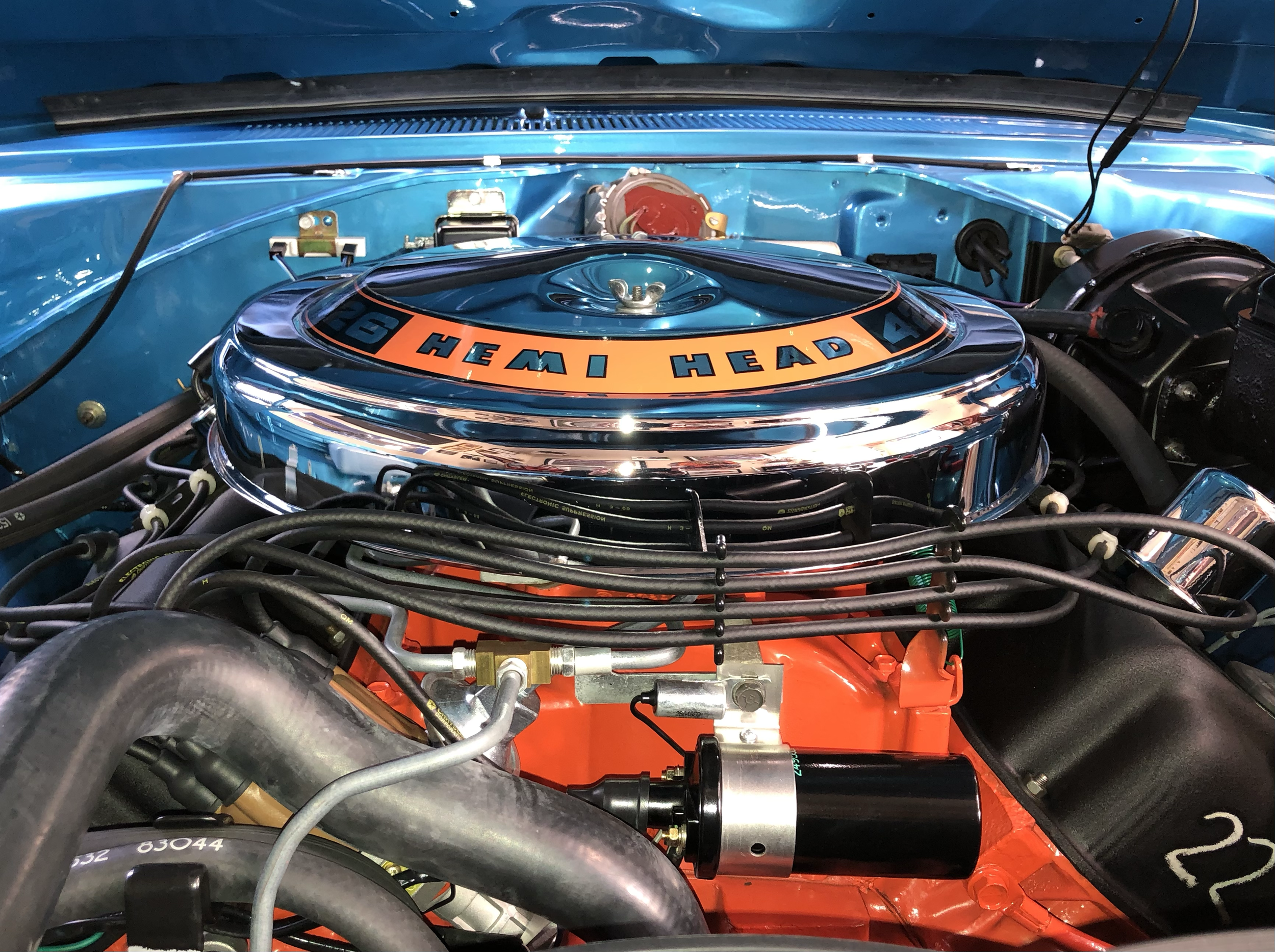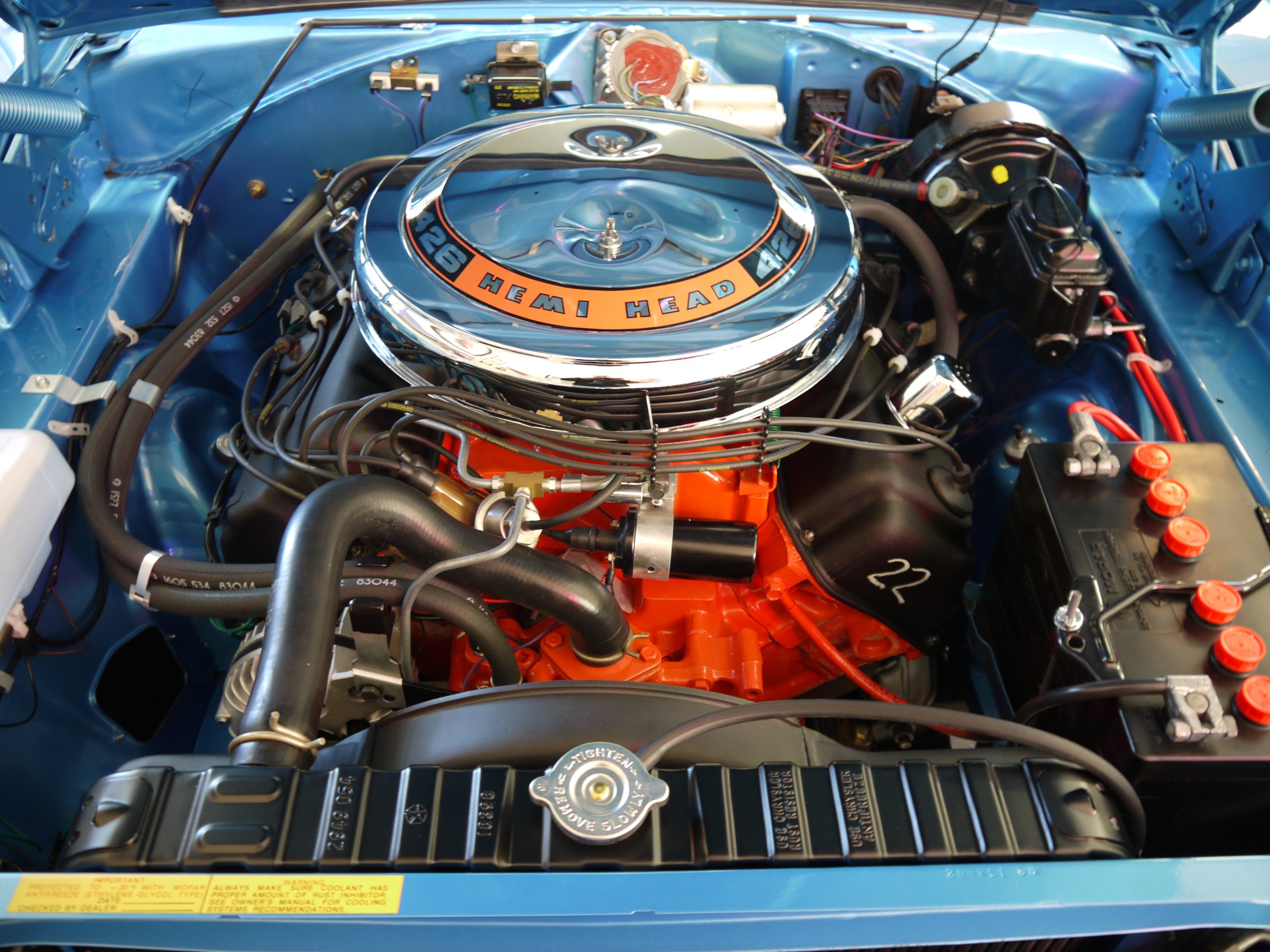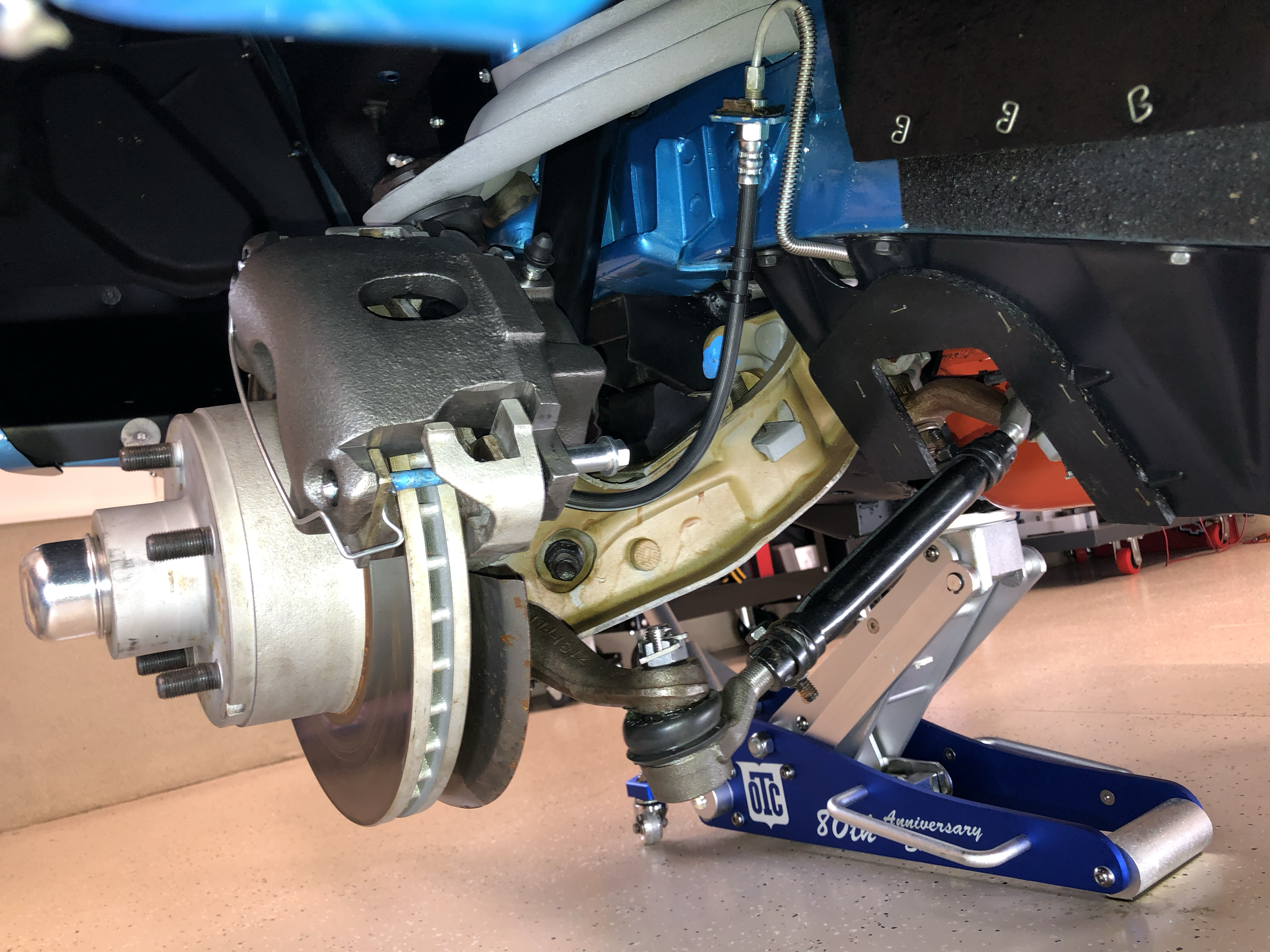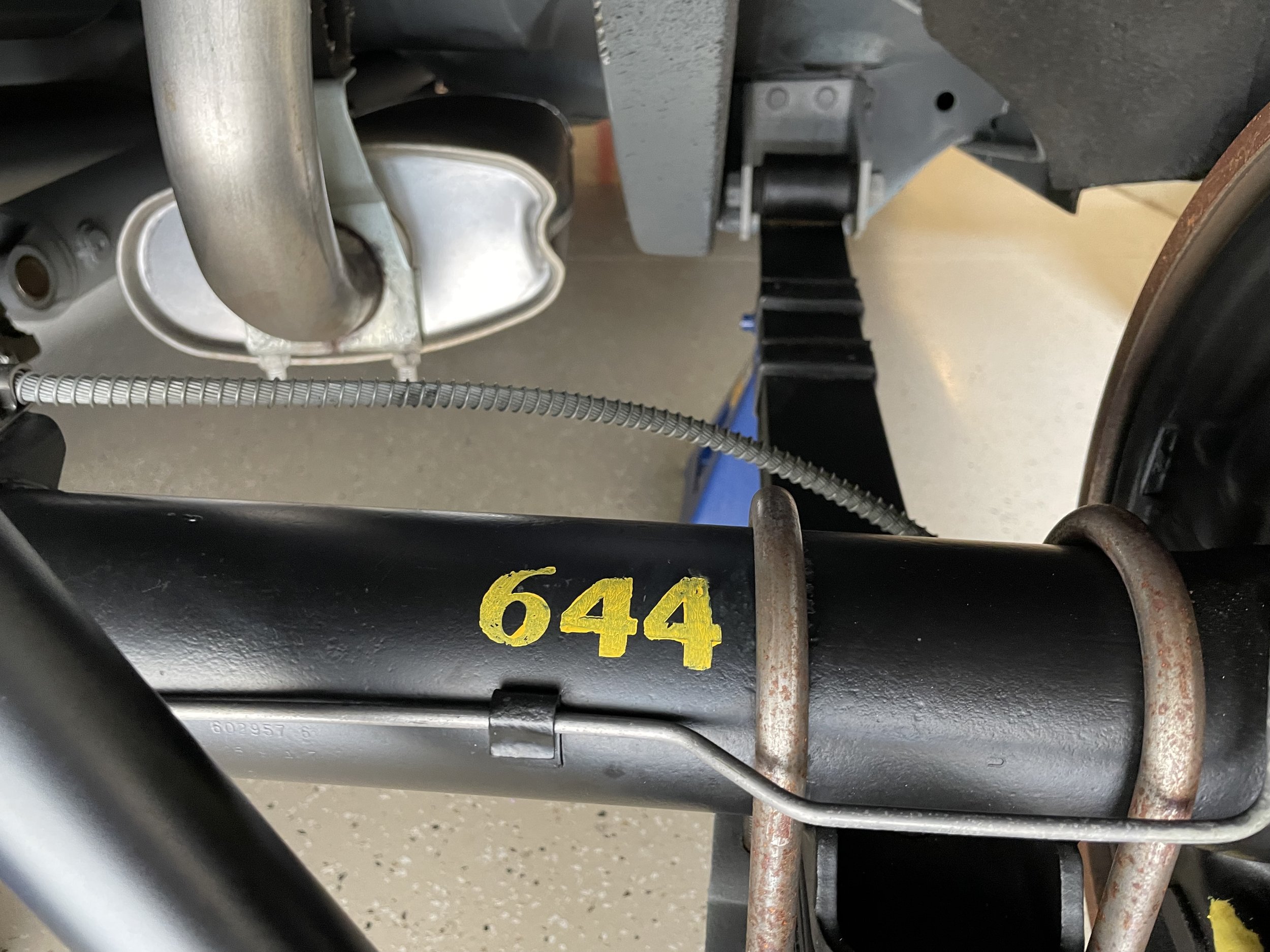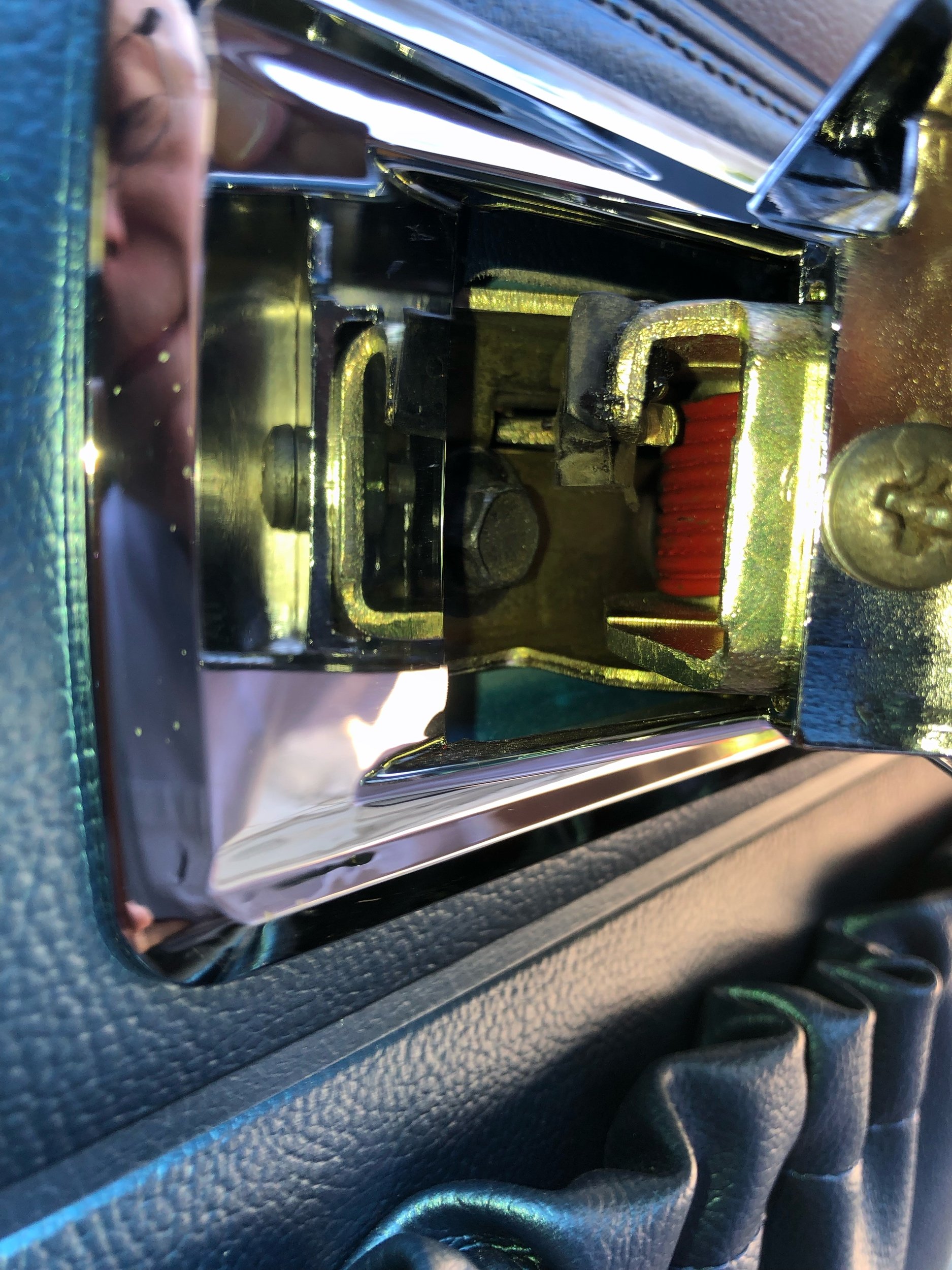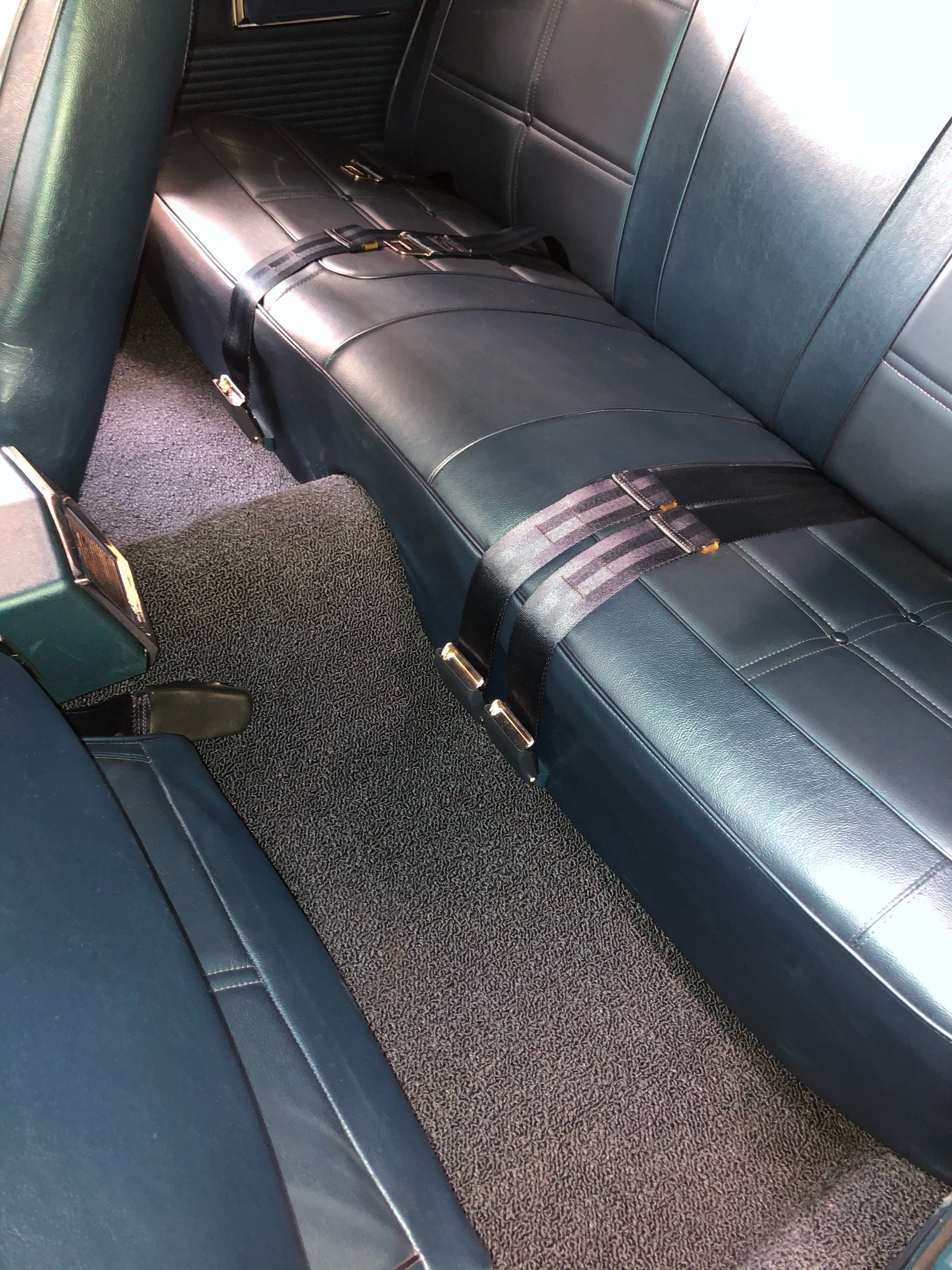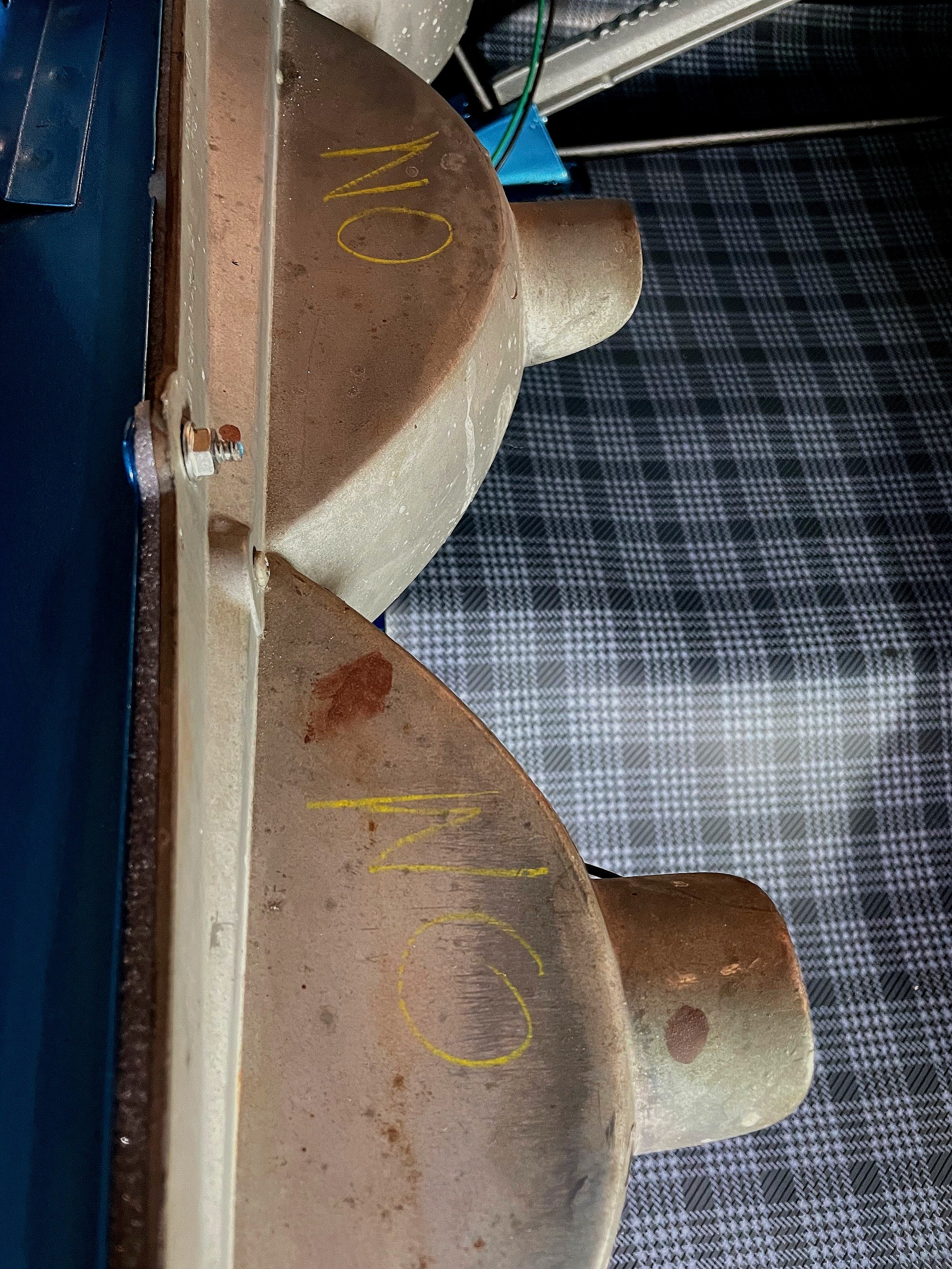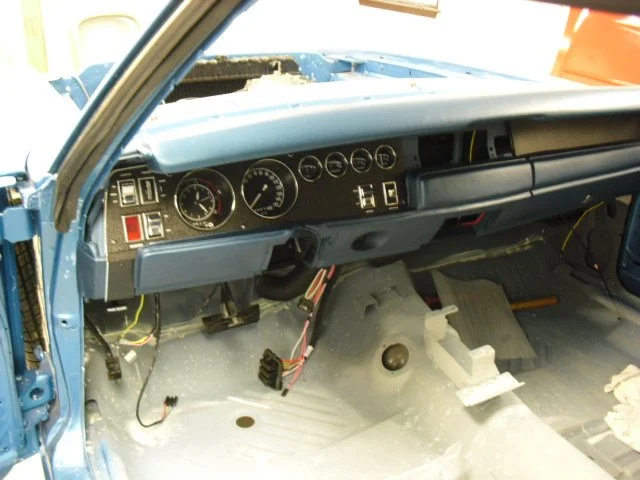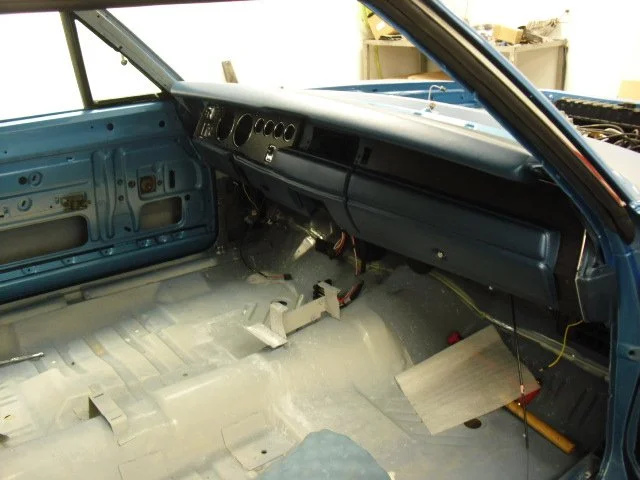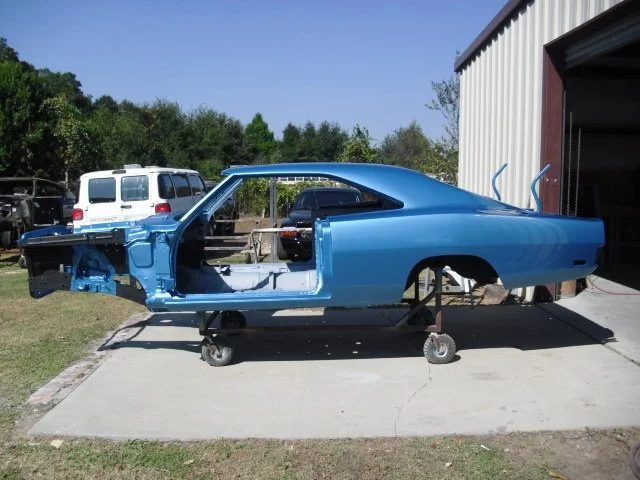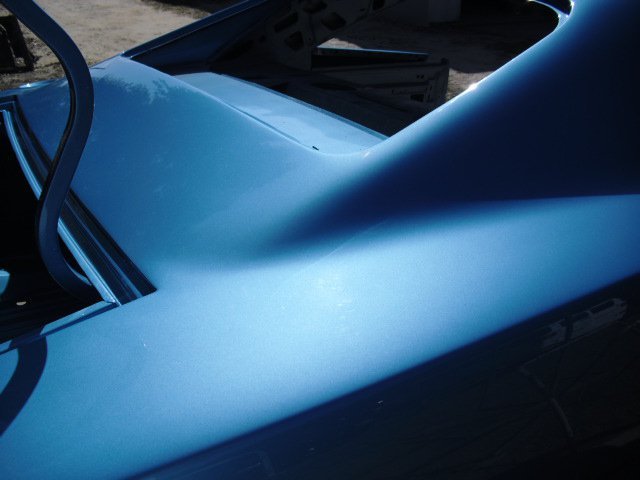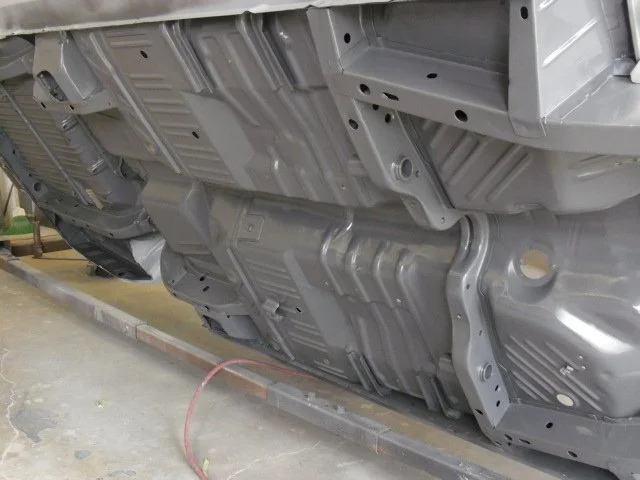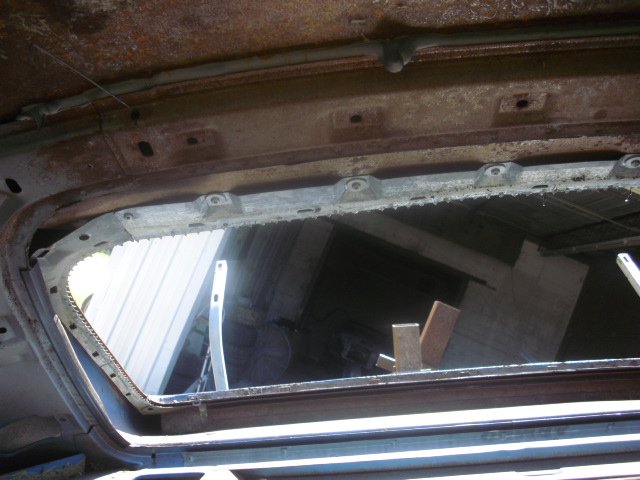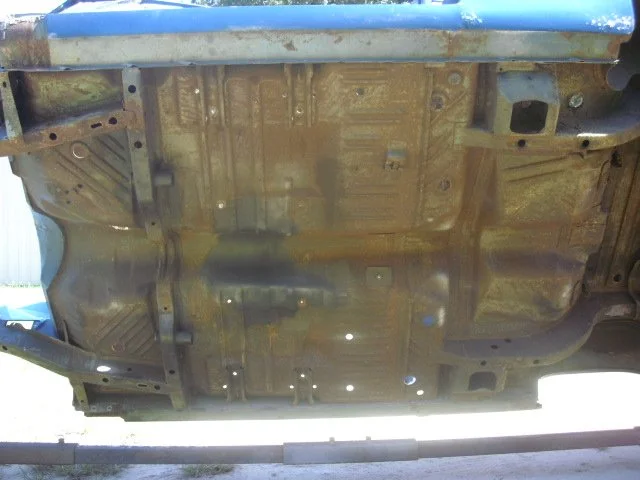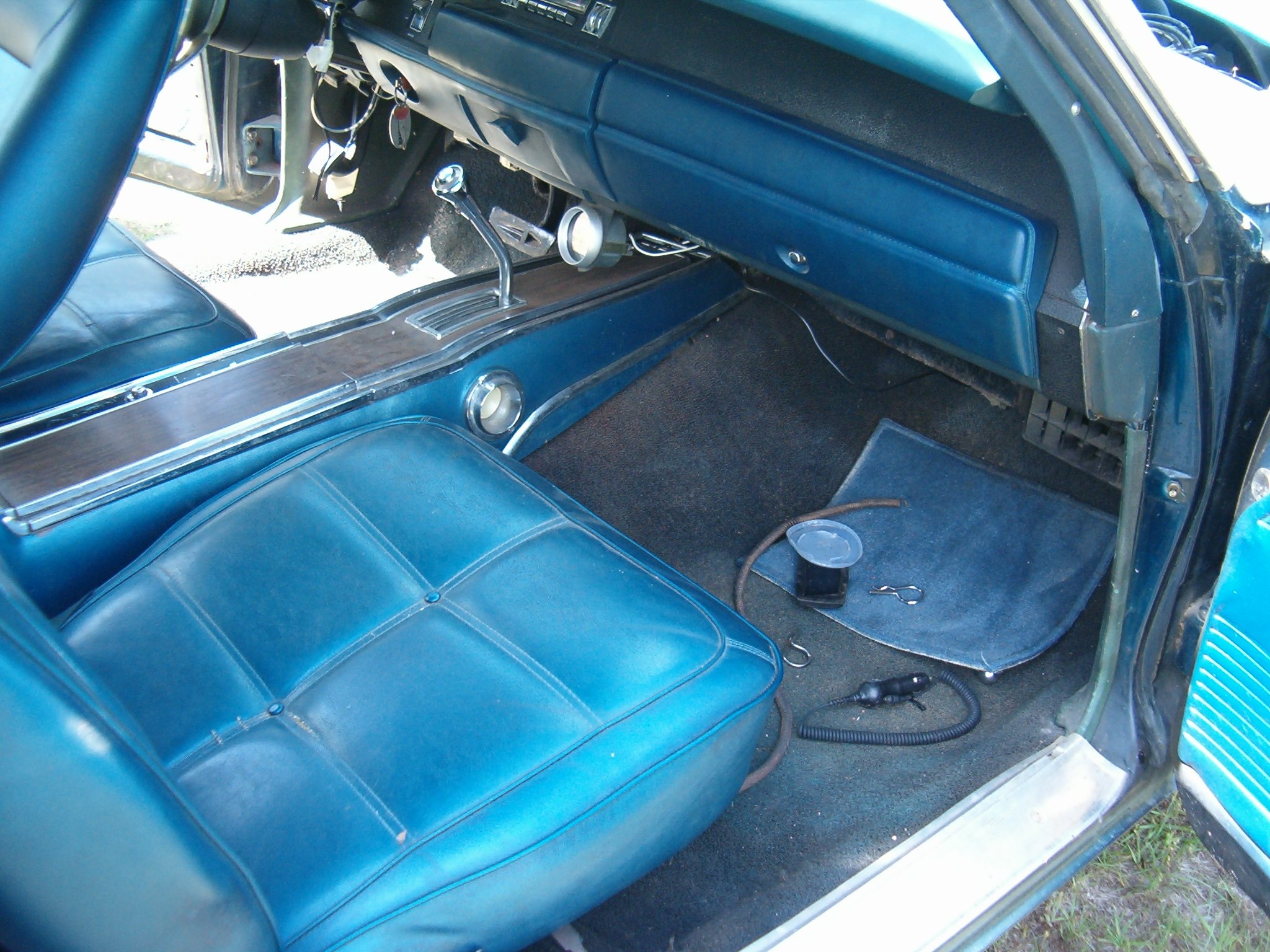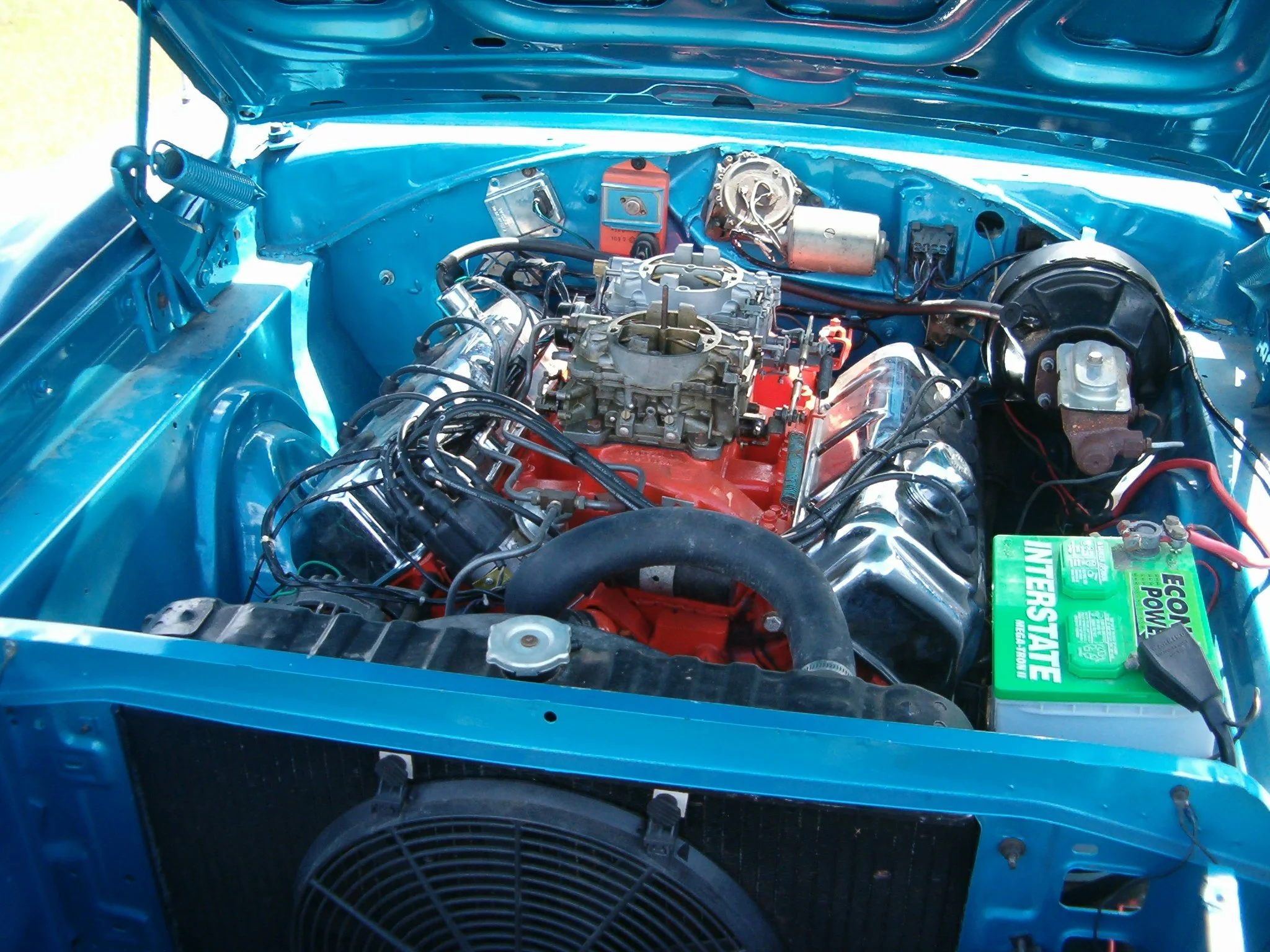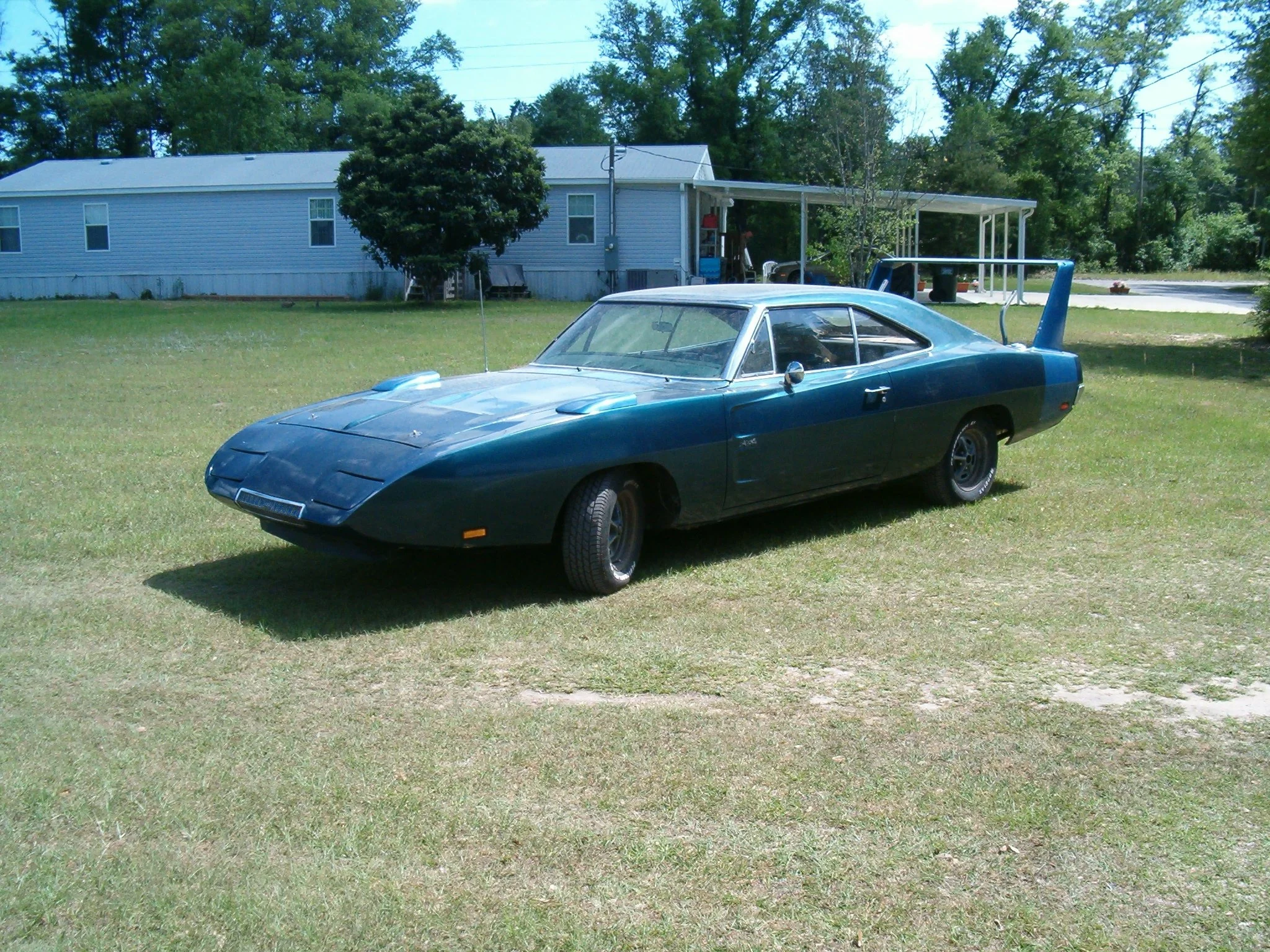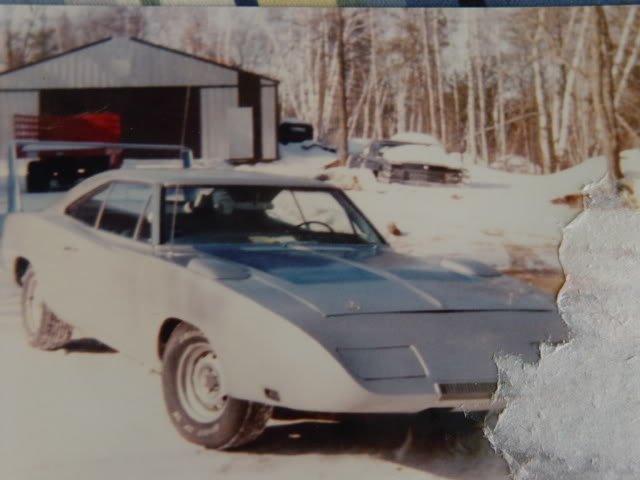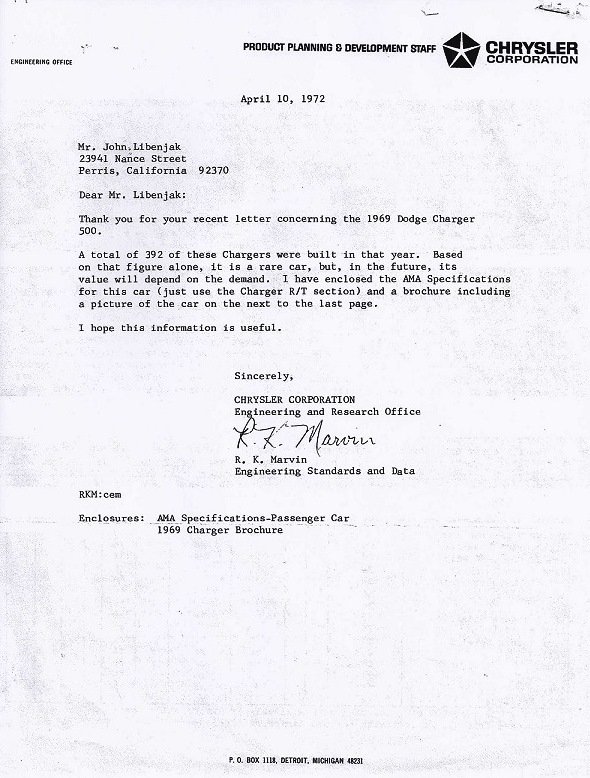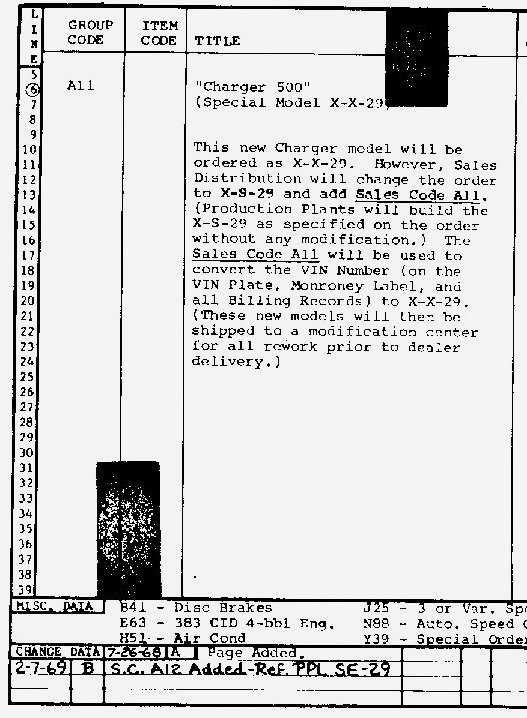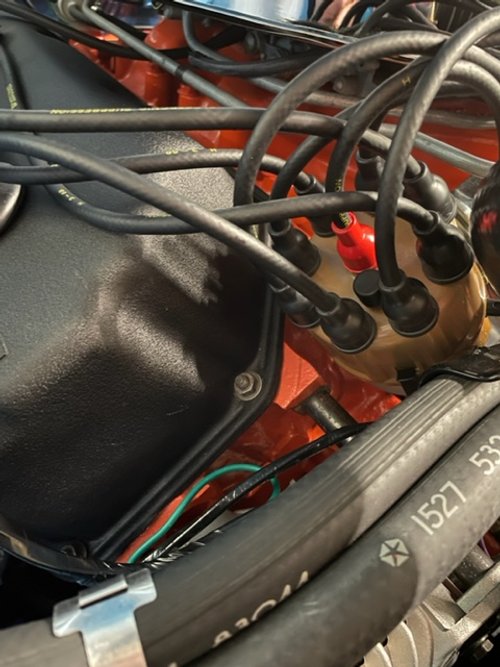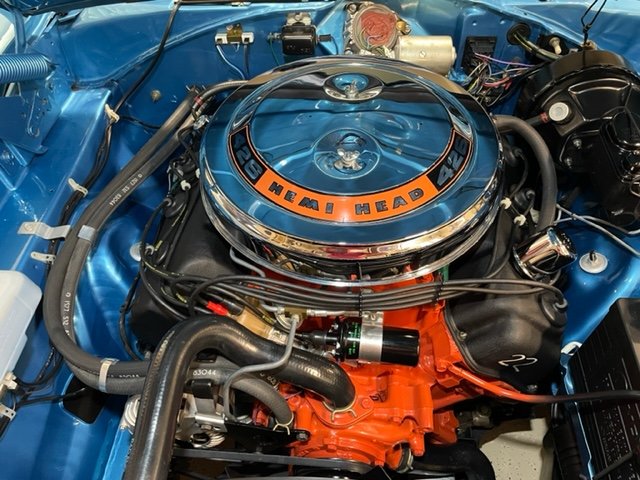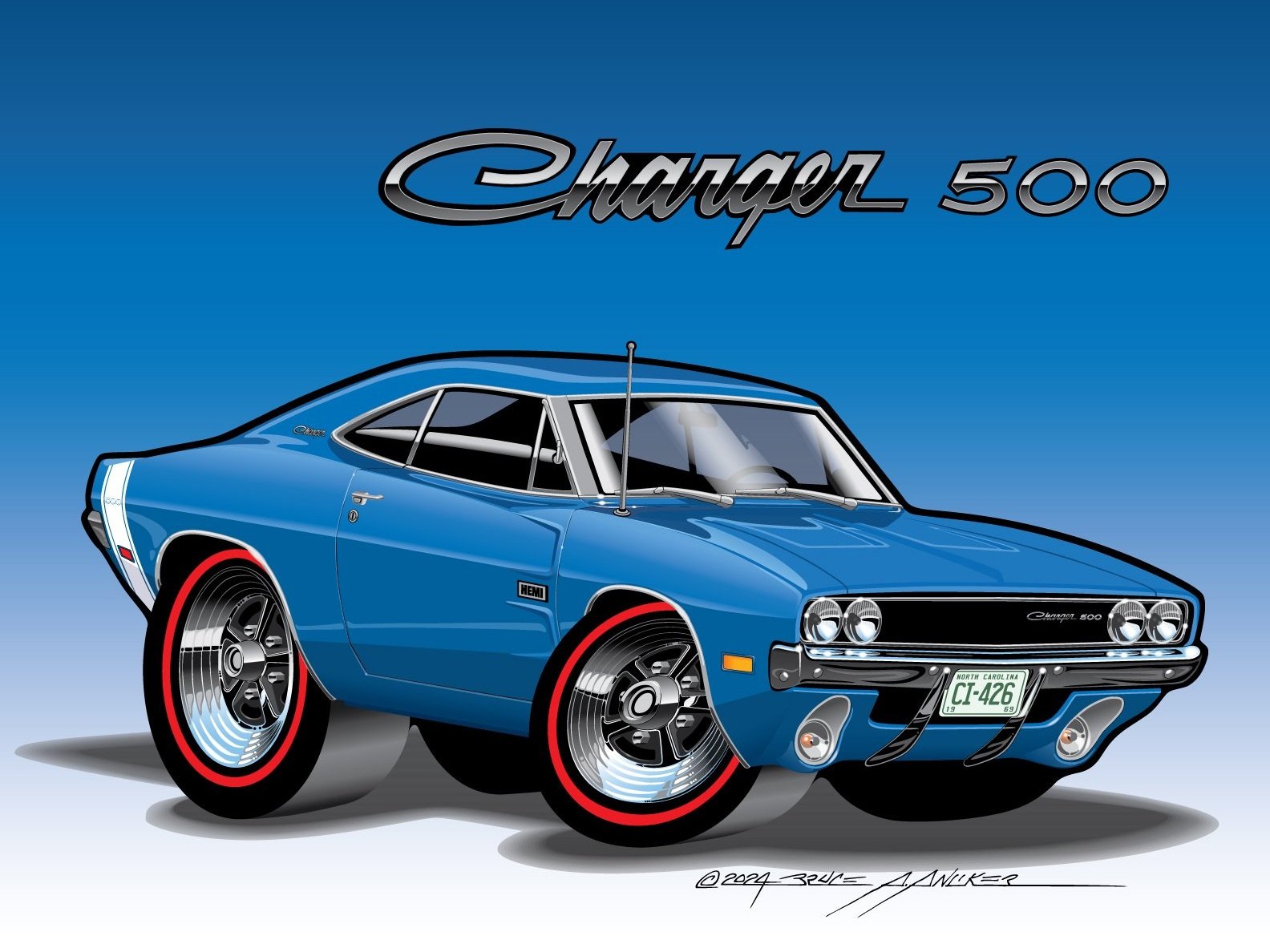1969 Dodge Hemi Charger 500
(2012 to today)
Scroll down for detailed pictures
A factory 426ci Hemi equipped 1969 Dodge Charger 500 finished in B5 Blue with a B7 Blue interior. Built with an automatic and a 4.10 Dana 60 rear end.
The Charger 500 was Dodge’s urgent response to address aerodynamic deficiencies with the new 1968 Charger as it began to be raced in NASCAR. At super speedway speeds the Charger’s recessed grill slowed the car by trapping air while the deep set rear window created a void in the airflow lifting the rear end making the car unstable. Wind tunnel testing resulted in a revised flush fitting grille, an A-pillar wind deflector and a new sleek rear window which were added to what Dodge called the 1969 Charger 500. Vehicle homologation requirements to race a car in NASCAR in 1969 required that at least 500 units of that particular model be built and made available for sale to the general public, so the Charger 500 was hurried in to production and sent to dealerships in the fall of 1968. Early plans were to sell all Charger 500’s as Hemi equipped and the early production run started equipping cars with the Dual Quad 426 Hemi, but subsequently the 440 4bbl was added as an alternative engine. All Hemi equipped Charger 500’s came with the heavy duty Dana 60 rear end assembly, contrary to normal Chrysler practice to pair the Dana 60 with Hemi 4 speeds as standard equipment with the Dana as an option on Hemi automatics.
This Galen Govier certified, original “J code”, Charger 500 was manufactured on 9/7/68 and is the 21st of the initial 81 Charger 500’s built. It is 1 of approximately 117 to be Hemi equipped. Production ran from Augusta 21, 1968 to December 19, 1968, with no units built in October. To build these cars, Chargers R/T’s were pulled from the 1969 ongoing Charger assembly line at Hamtramck, Michigan and sent to nearby Creative Industries Inc for the modifications to be performed. Total production numbers are in disagreement with 564 a number Galen Govier claims, 548 reported to NASCAR but only 392 actually invoiced to Chrysler by Creative Industries, matching a letter from Chrysler in 1972 to an enthusiast also saying 392.
Sold new out of Massey Dodge in Jacksonville, Florida, and then resold as a used car by Massey a year later, this car spent its early life in the Winston-Salem area primarily as a utility vehicle for a NASCAR team sponsor (J.C.Parker Dodge). At some point while in Carolina it was cloned as a Dodge Daytona using a Mopar surplus metal nose and wing. After changing hands a few times the car eventually began a rotisserie restoration at StripMasters in Florida taking it back to its original Charger 500 form, this was completed in 2011. The Charger has less than 13K original miles and is fairly true to original “as built” condition, given a couple of performance tweaks such as a Mopar Performance camshaft and modern conveniences such as radial tires and more powerful starter. All sheet metal panels are original with the exception of the fenders and hood which had to be replaced to convert it back to the Charger configuration. The car came with very detailed photos of the body work and restoration by StripMasters.
Various bits of Mopar trivia…The masking tape on the rear axle housing in the pic below was to keep the emergency brake cable in place until it could be assembled through a bracket on the frame. Due to Dodge being in a hurry to make the necessary design changes and the limited production run of the project, Dodge simply used the existing 1968 Dodge Coronet grill, mounting it with a few specially made brackets. This Charger was a very early build vehicle in the 1969 model year and so it was built with several surplus 1968 parts including the chrome “tulip” style shift knob versus the usual woodgrain knob, black outside door handle buttons, seats without headrests (headrests not being a legal requirement until calendar year 1969) and a ‘68 firewall ground wire. Note one of the pictures below of the driver’s tail light housing with the letters “No” written across the top of the housing. These have shown up on other Chargers and Daytonas as well, and appear to have something to do with the relocation of the trunk light tab from the original trunk lip to the modified trunk lip if the trunk light was called for…or they were an inside assembly line joke! Finally, at the very end of the photo gallery are two pics of the Hemi with a red coil to distributor wire boot. This red boot was found on many early 69 Hemi’s and is thought to be the result of an alternative vendor. I found an original Mopar set of spark wires with a red boot coil wire, and here it is. Just cool trivia.
Each letter or number in a Mopar VIN code means something. For a Charger R/T, the VIN Code prefix is XS29 where the X stands for Charger and the S for “Special” (as in R/T). When the Charger 500’s were set up to be built, an XX29 VIN prefix was created for them with the second X designating “Fast Back” such as the 500 had and the Daytona eventually would as well. However in the rush to get going, about 50 cars built at the start of production had an XX prefix in the VIN code as per plan but their fender tags were still marked XS. This is one of those cars with an XX VIN code and an XS fender tag.
